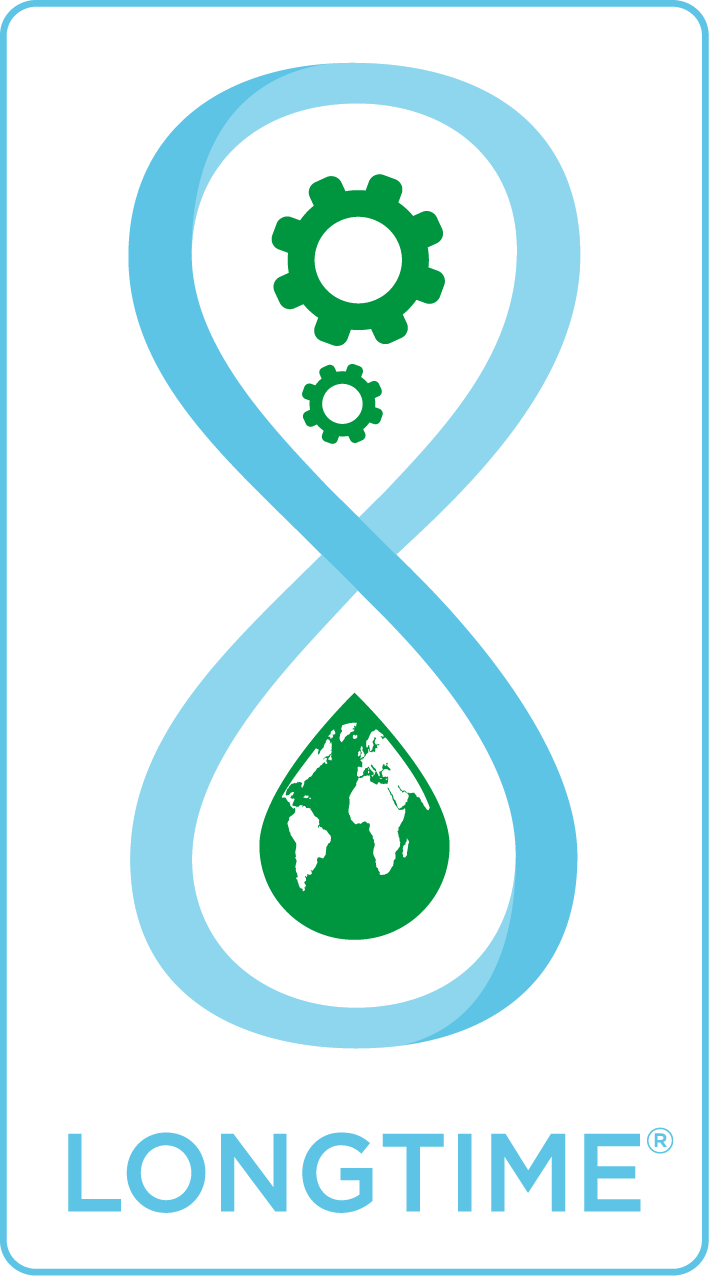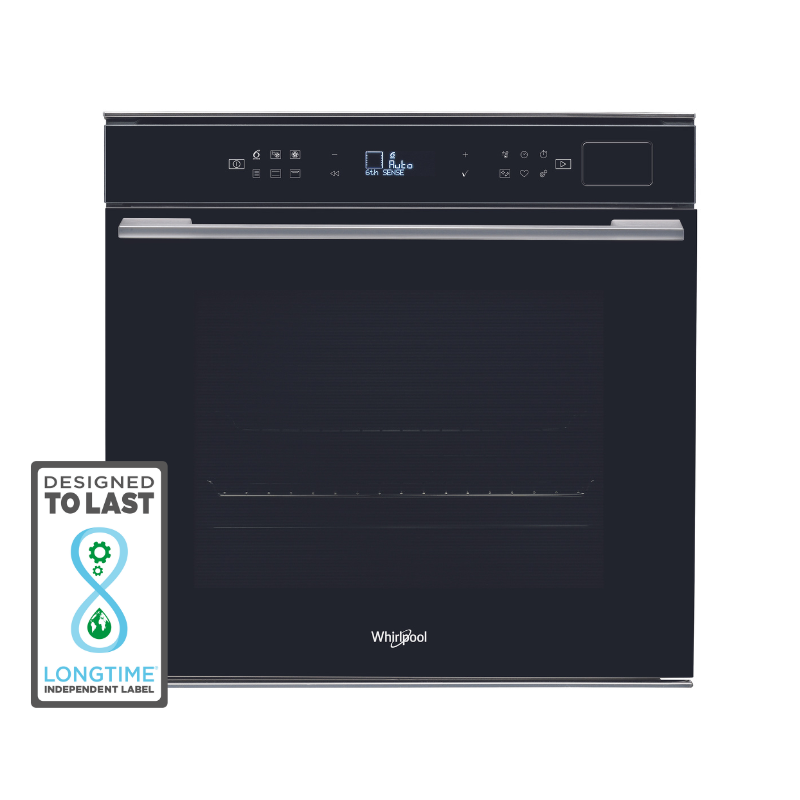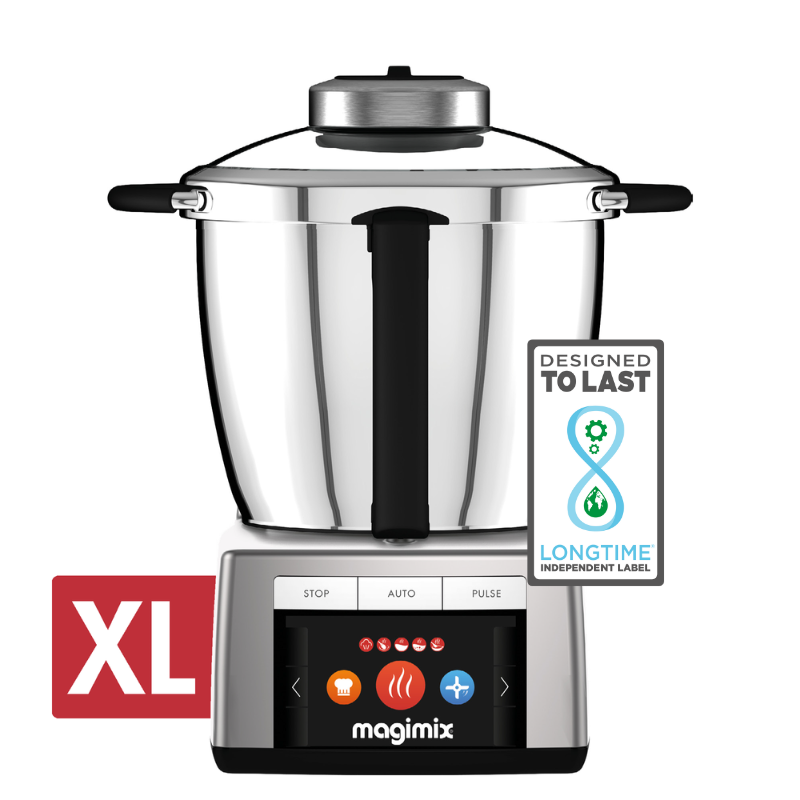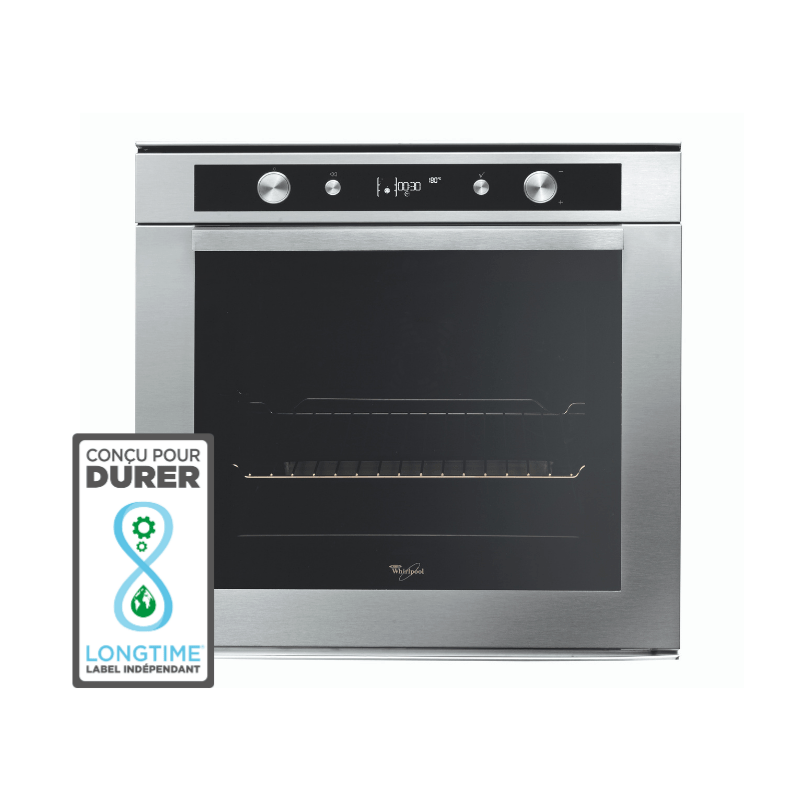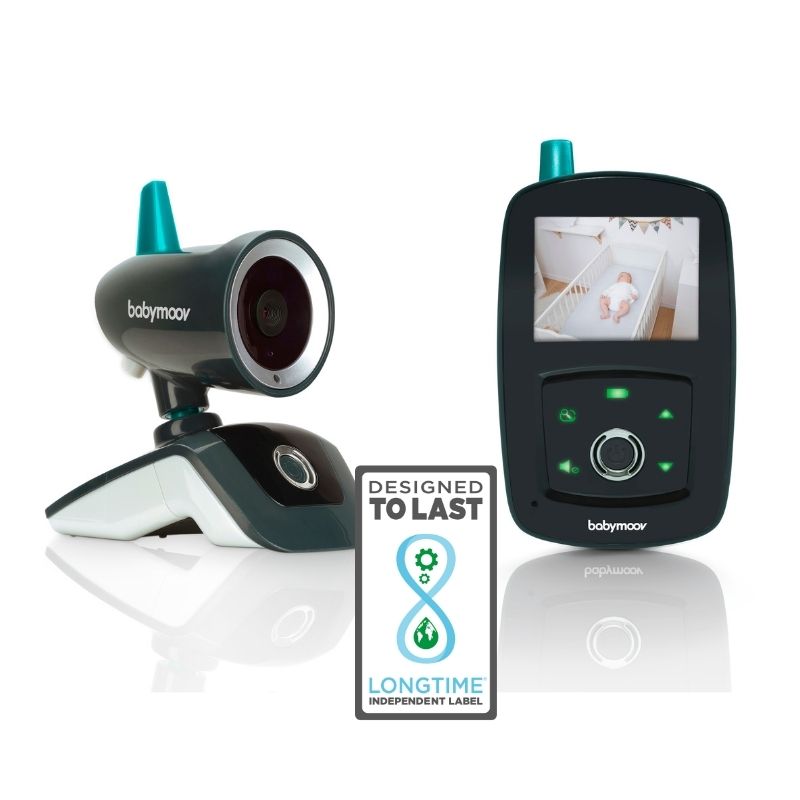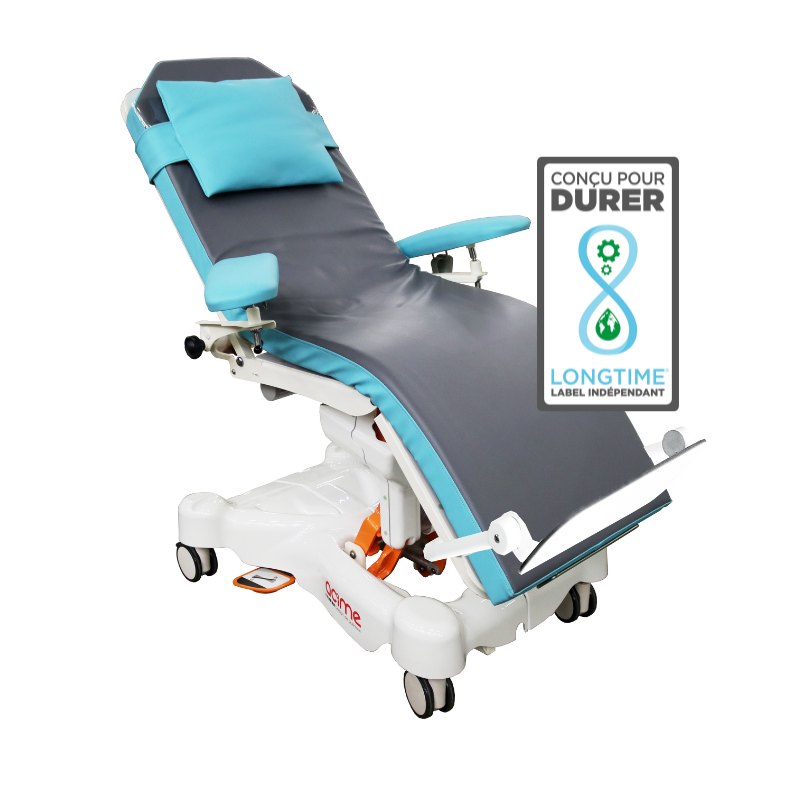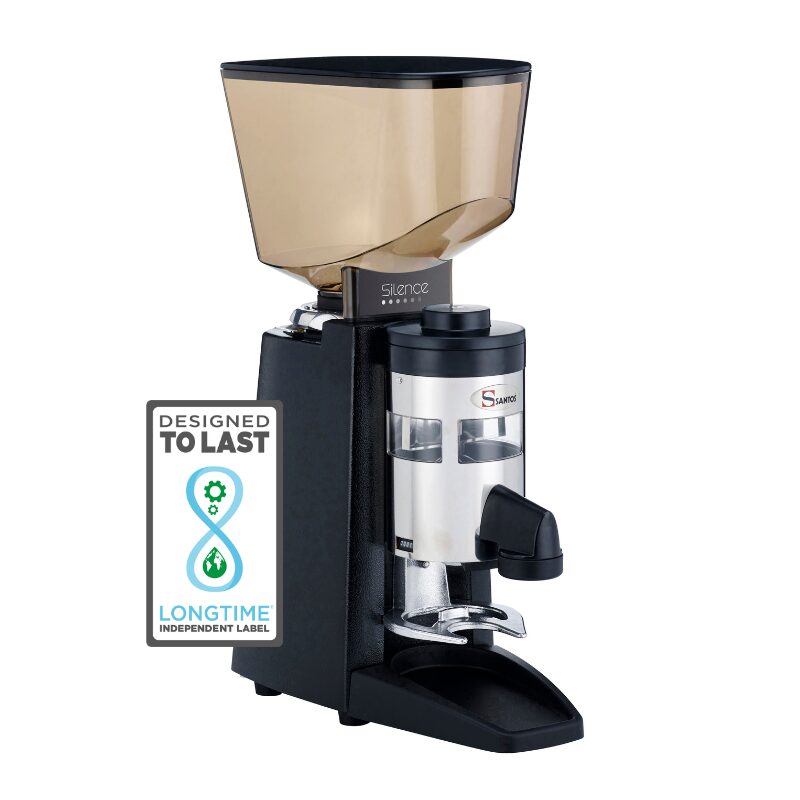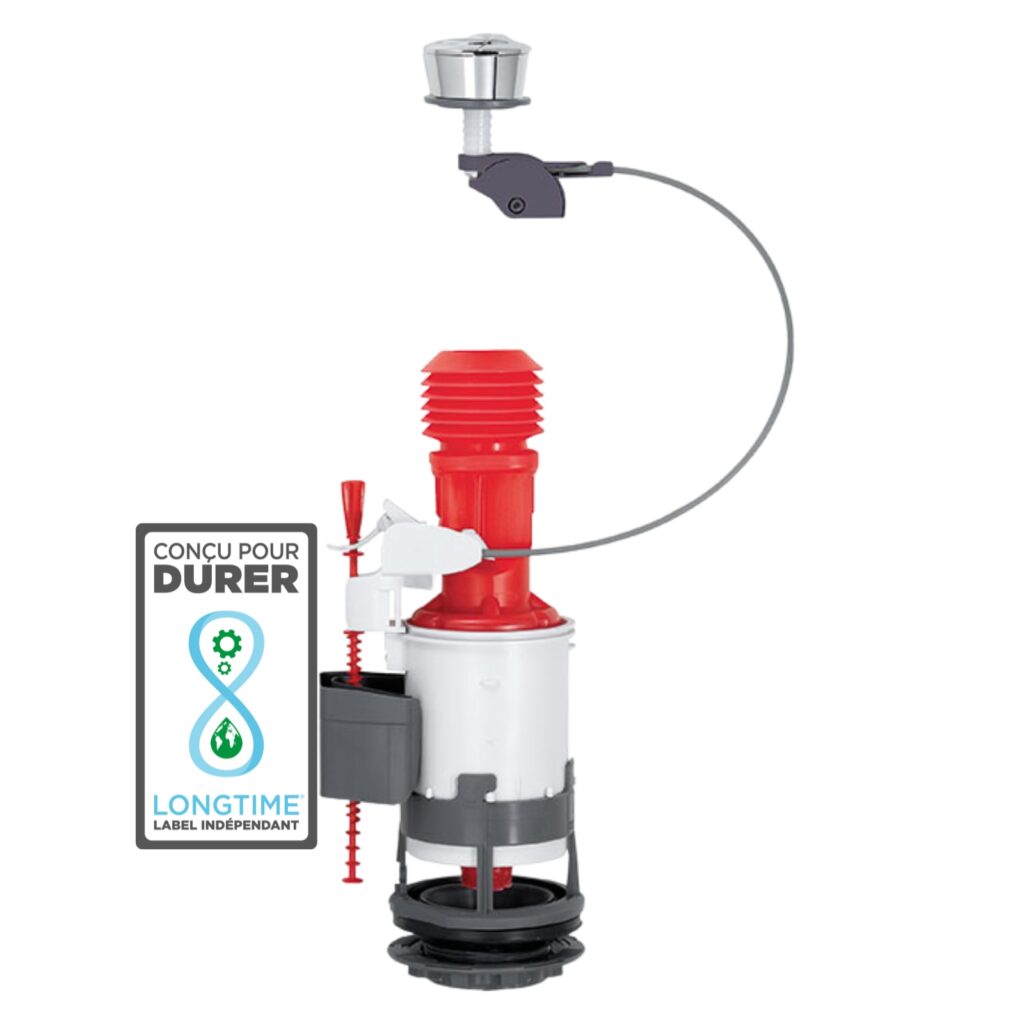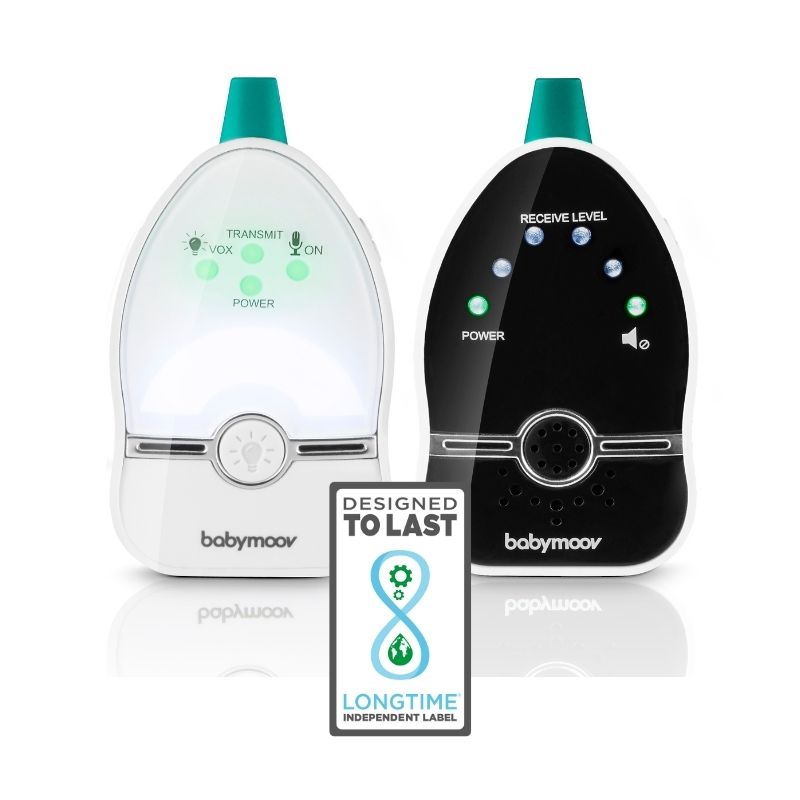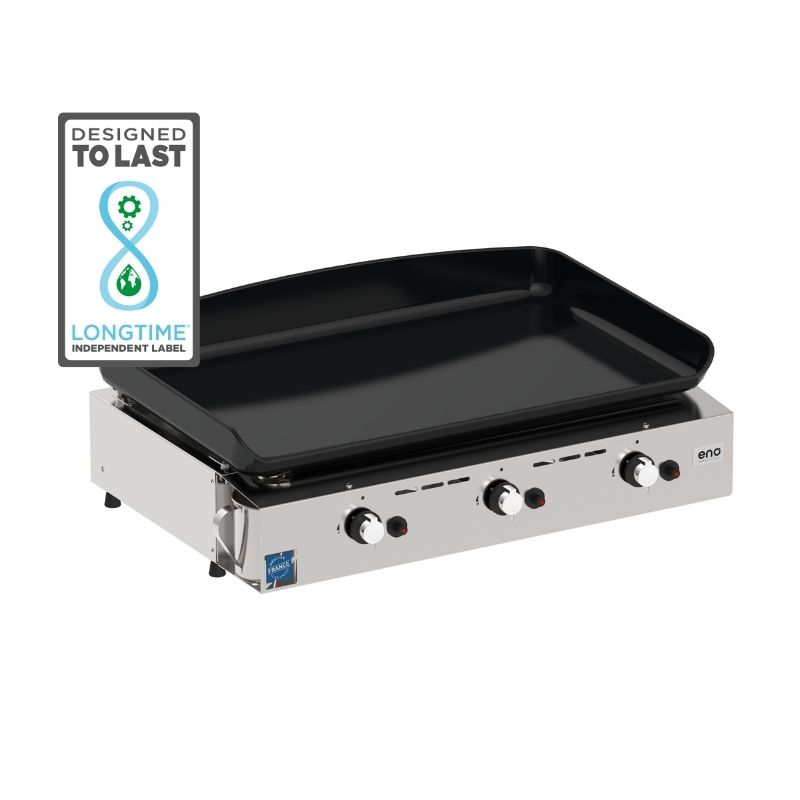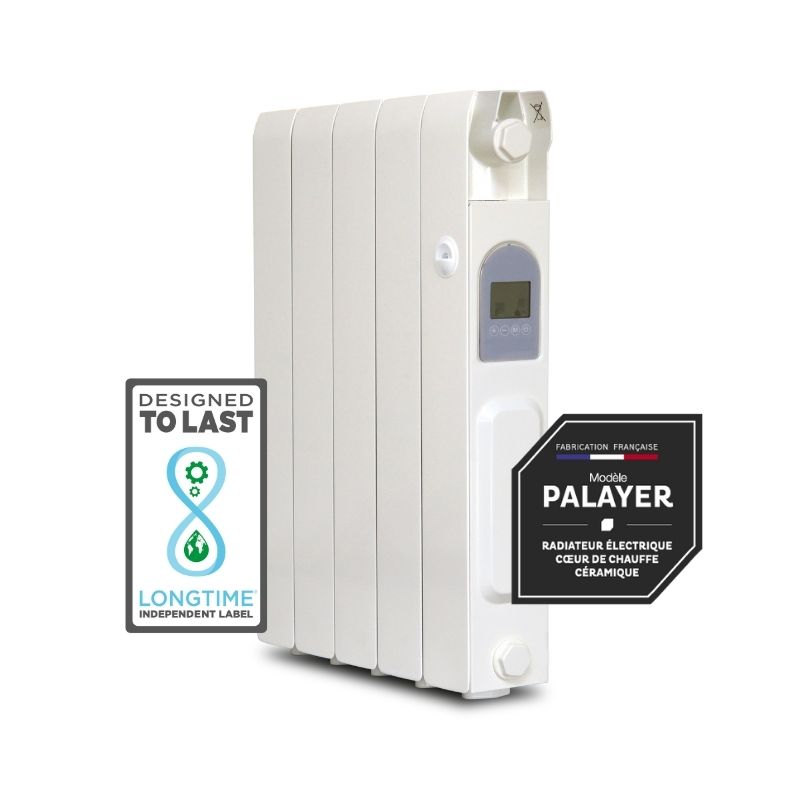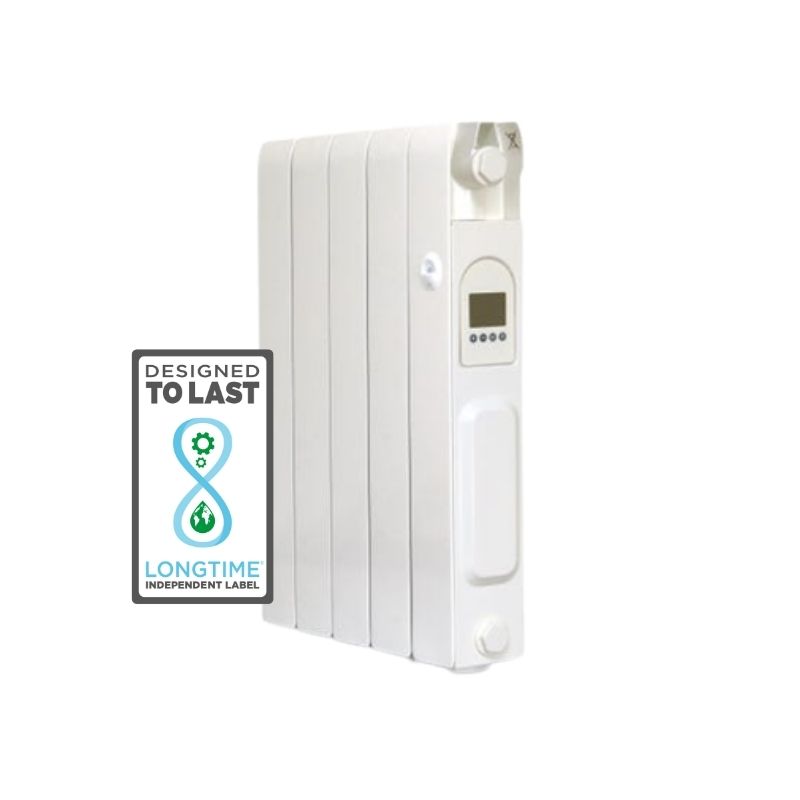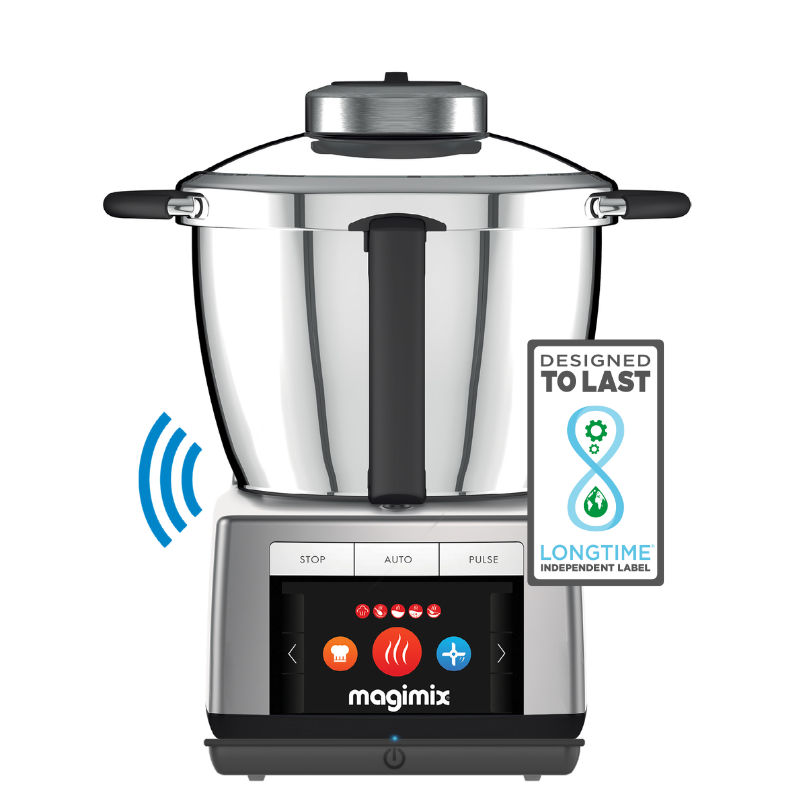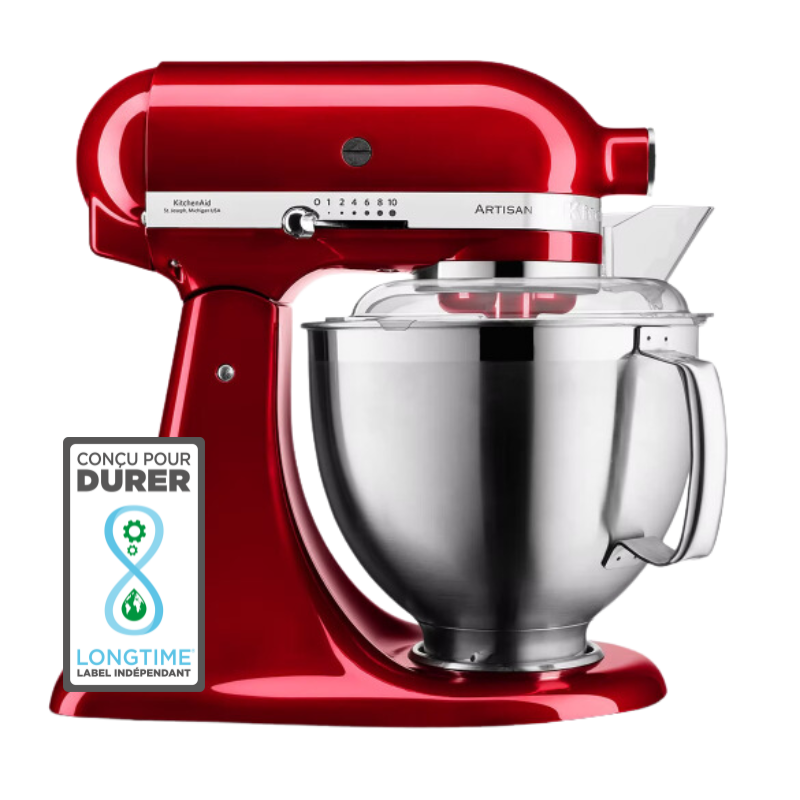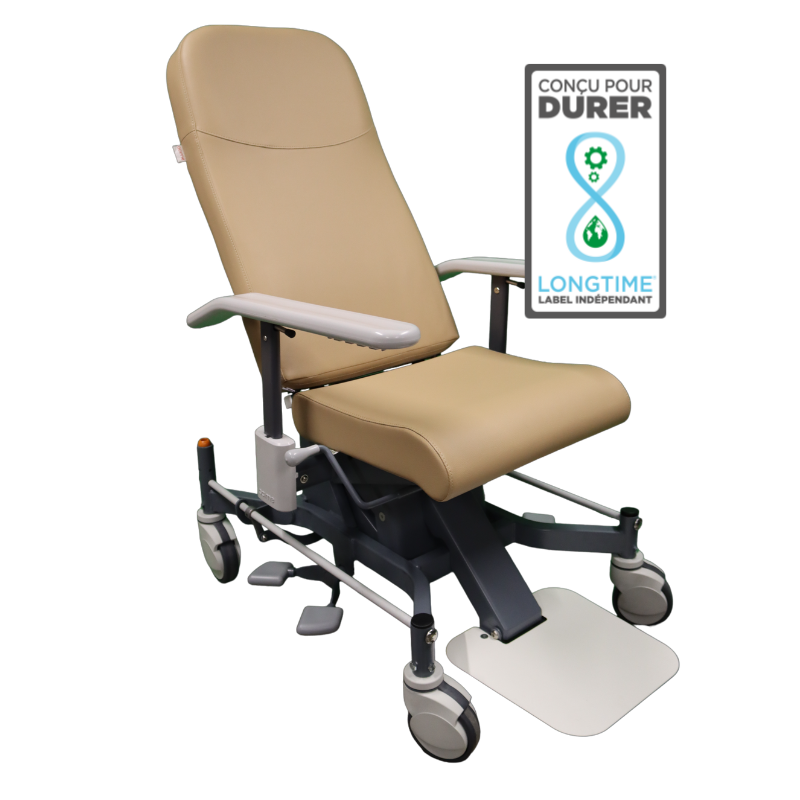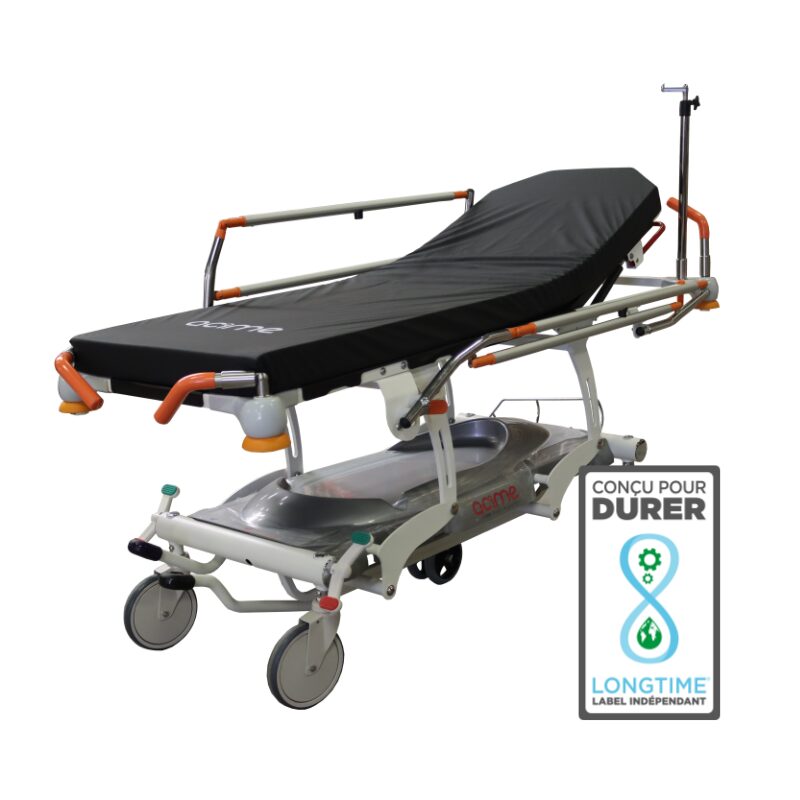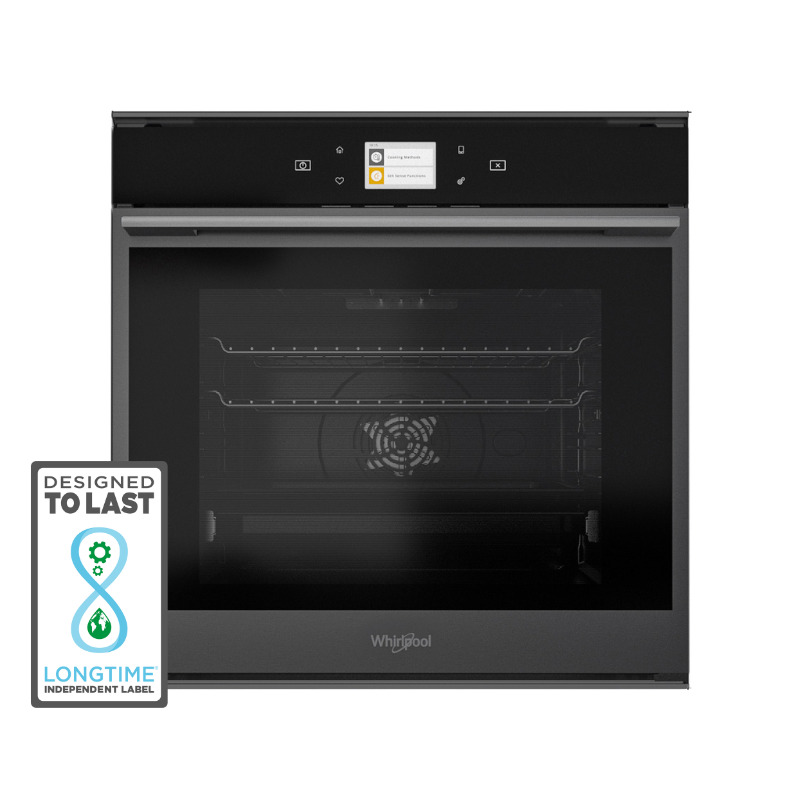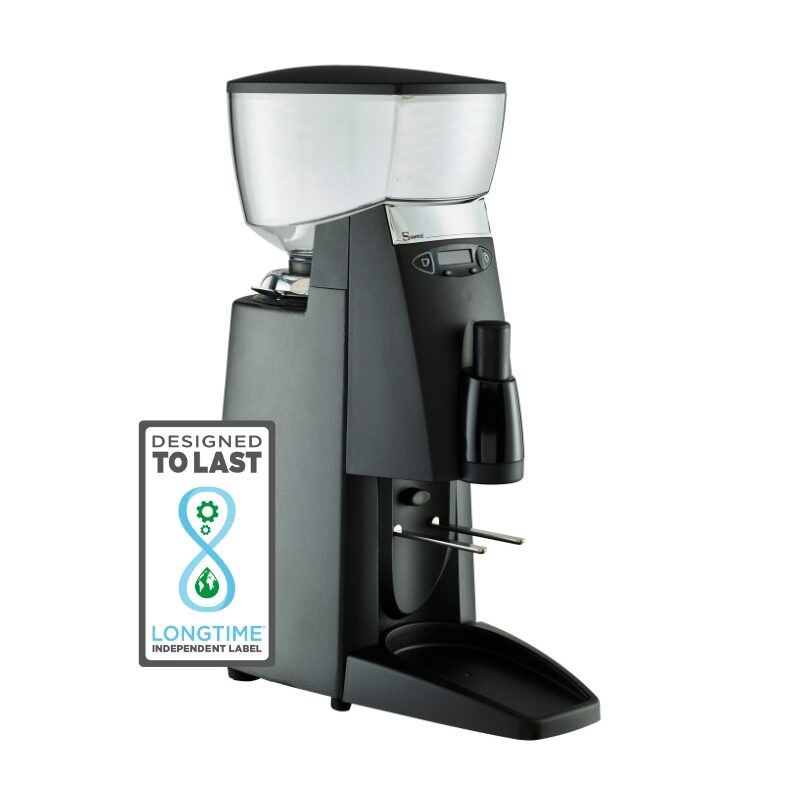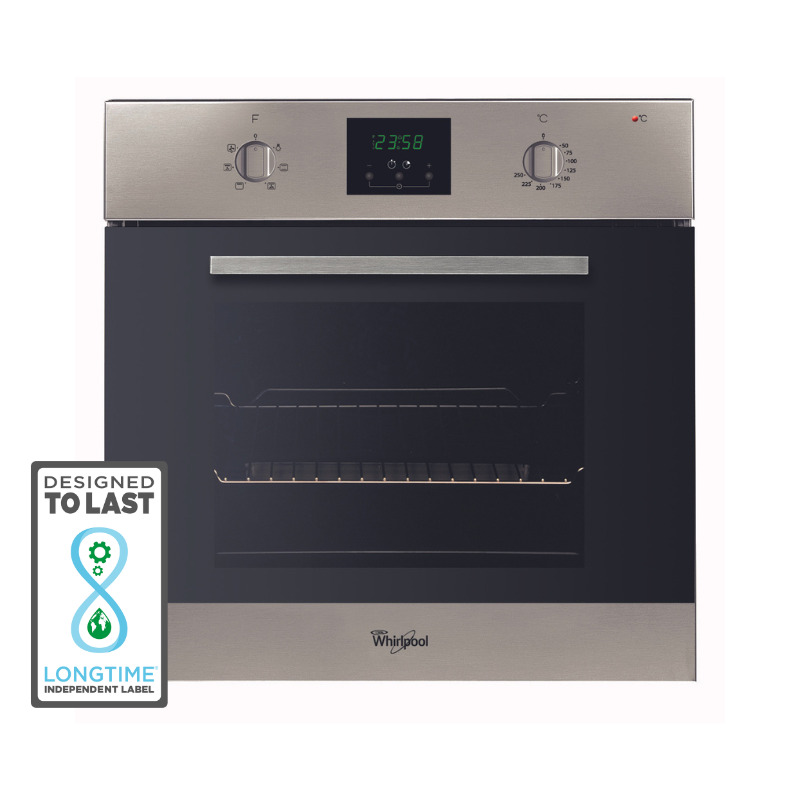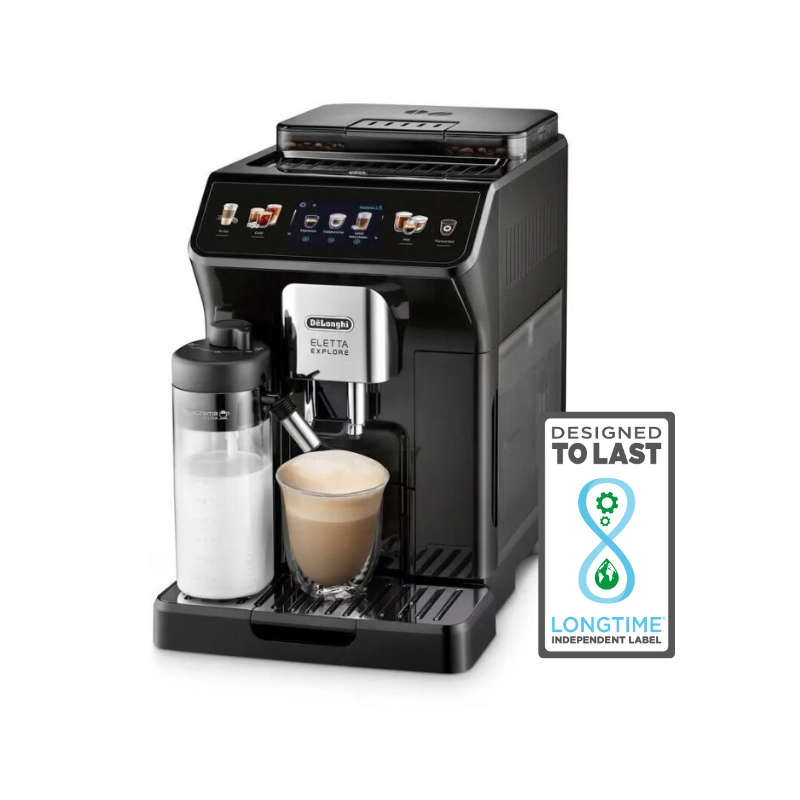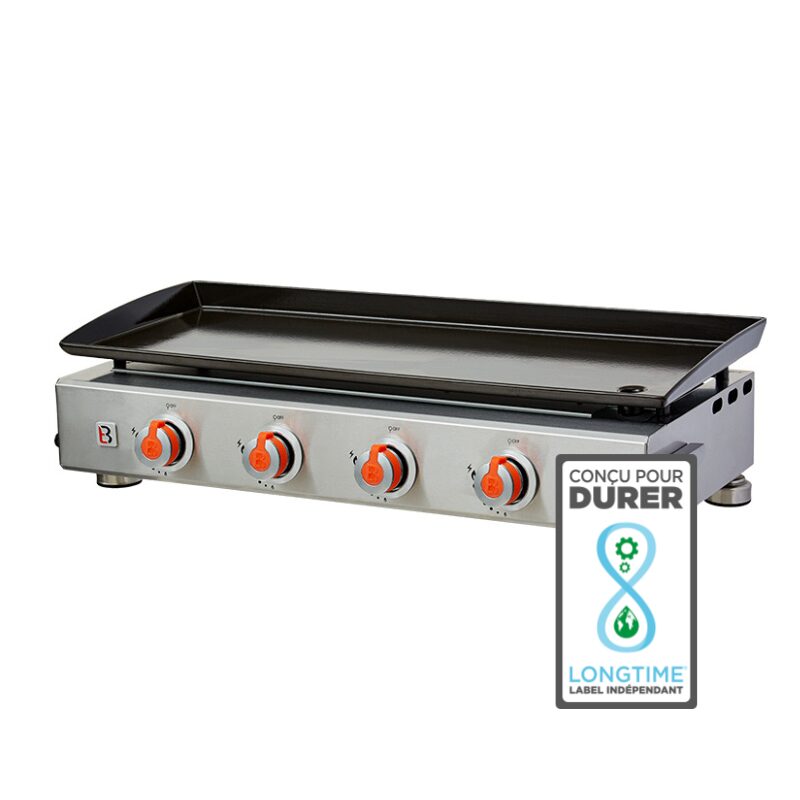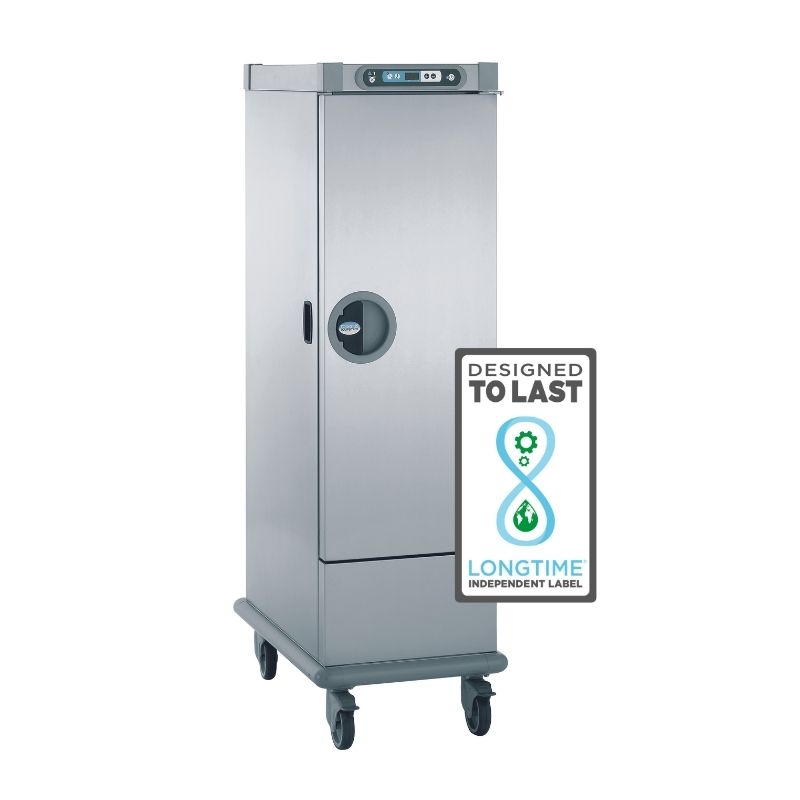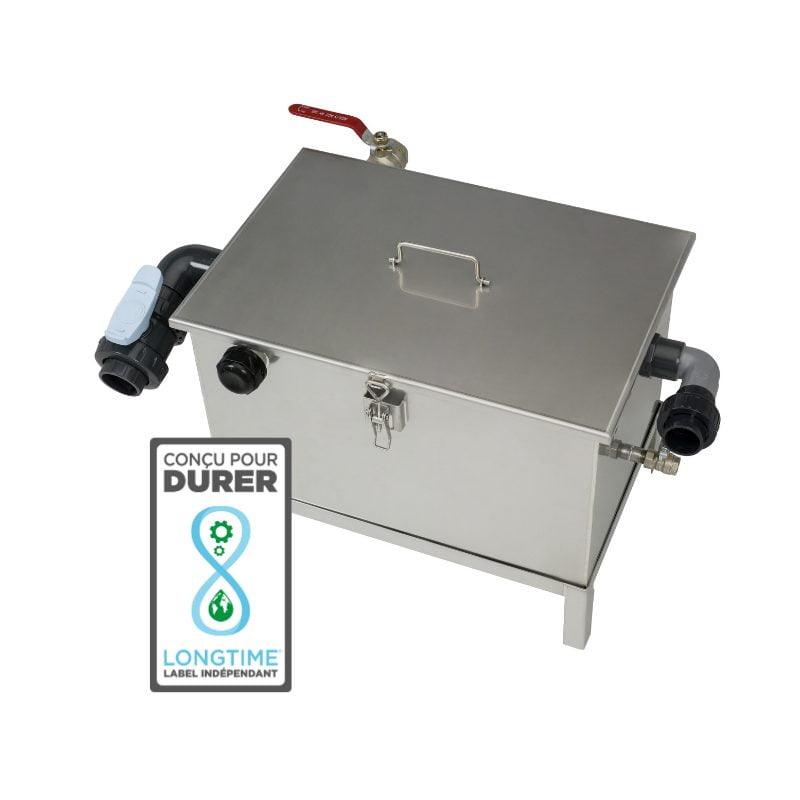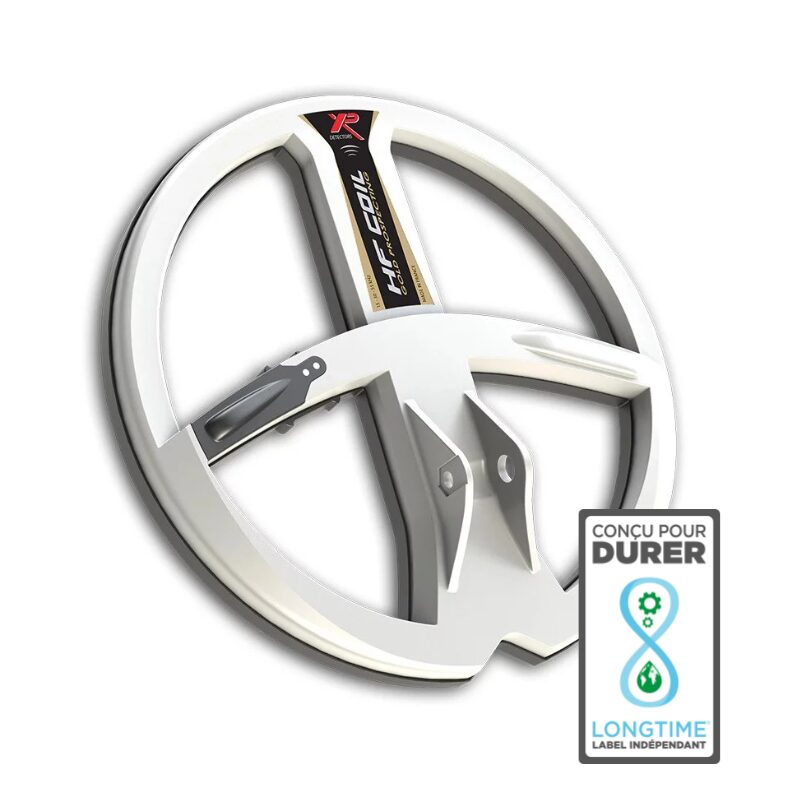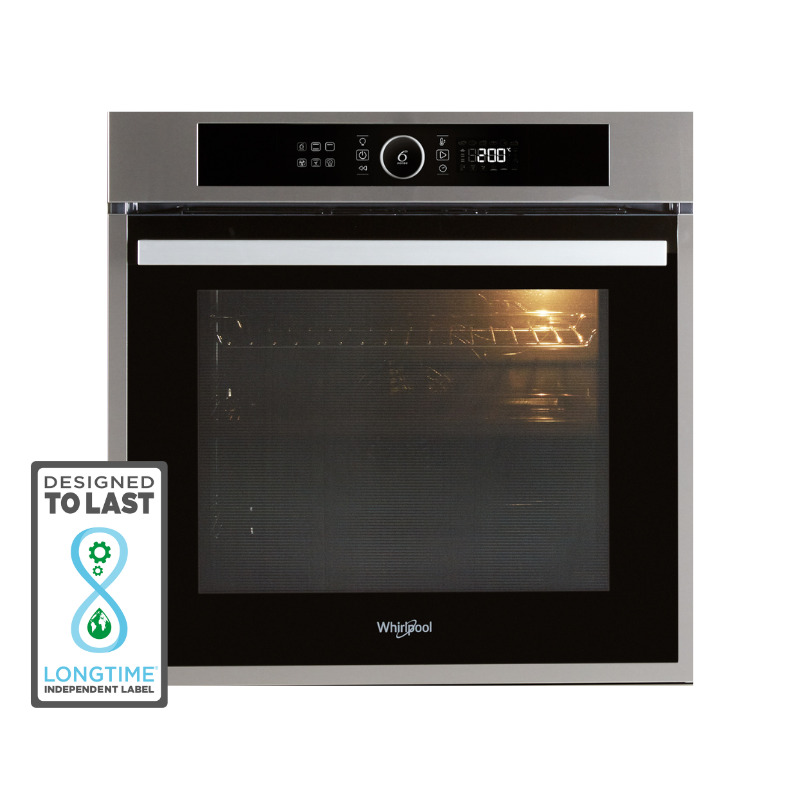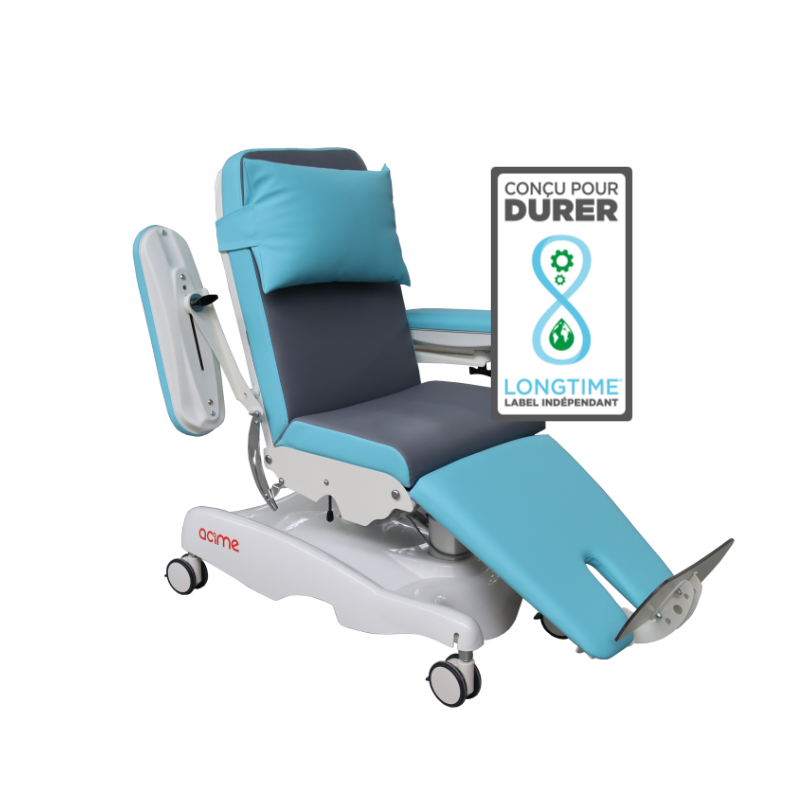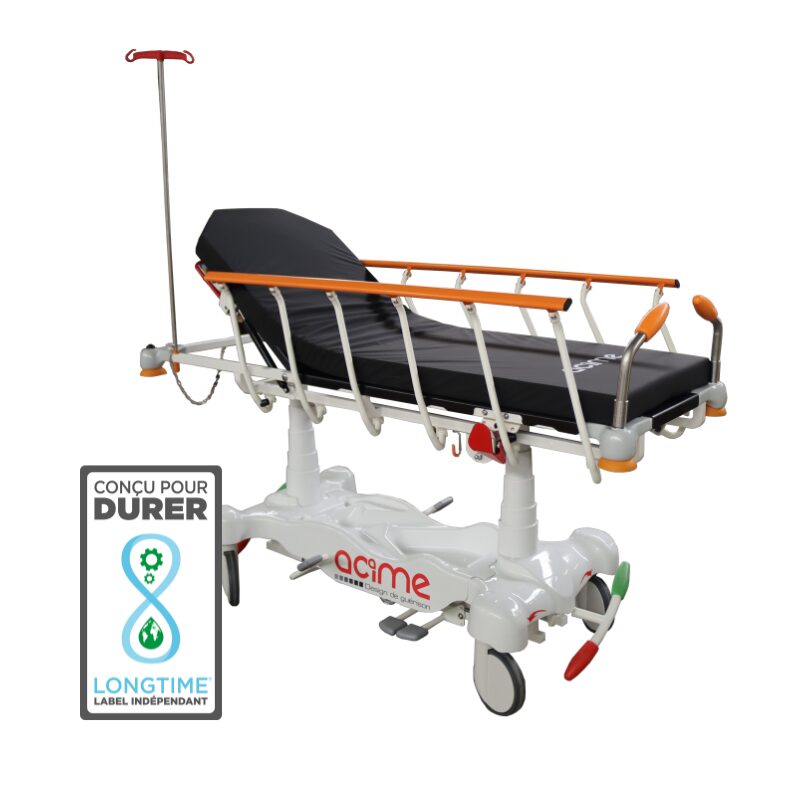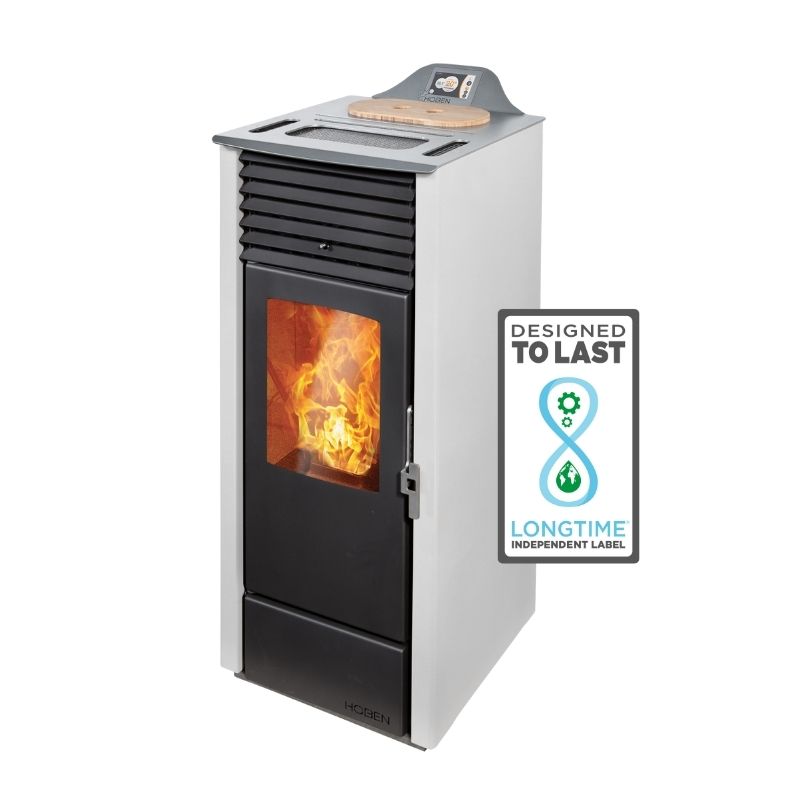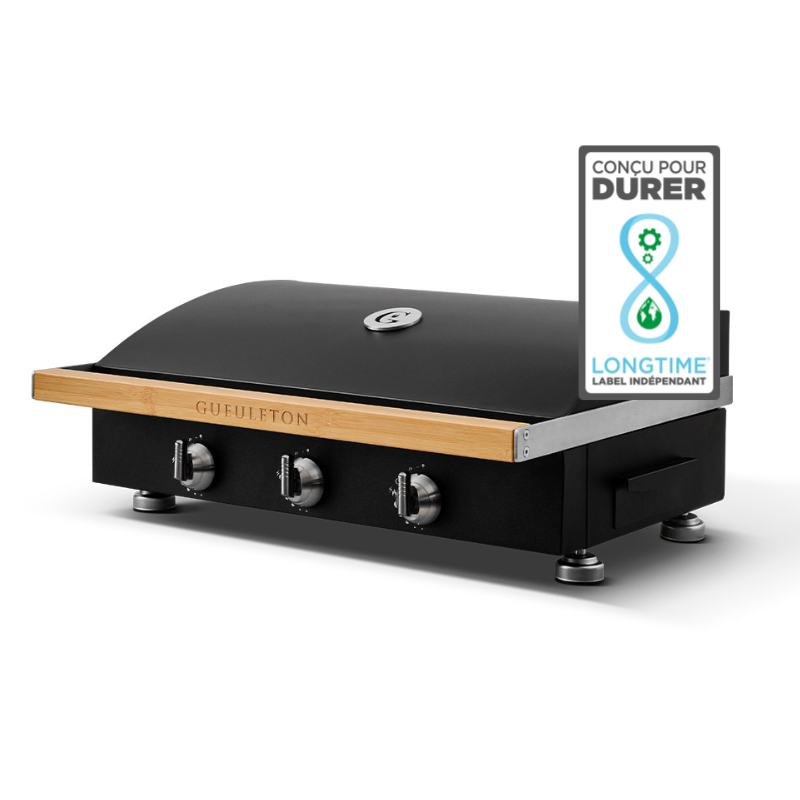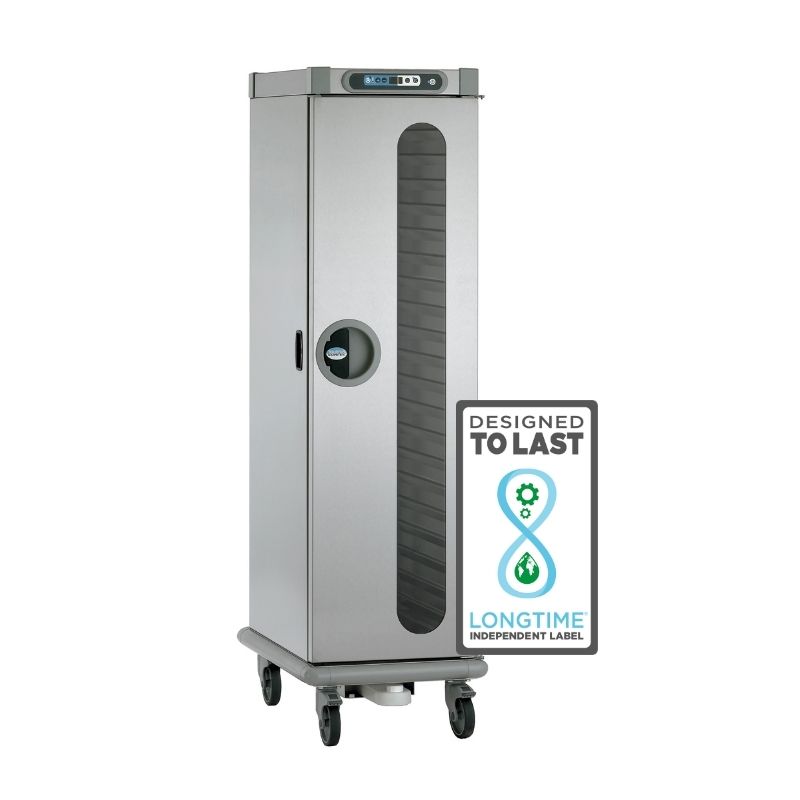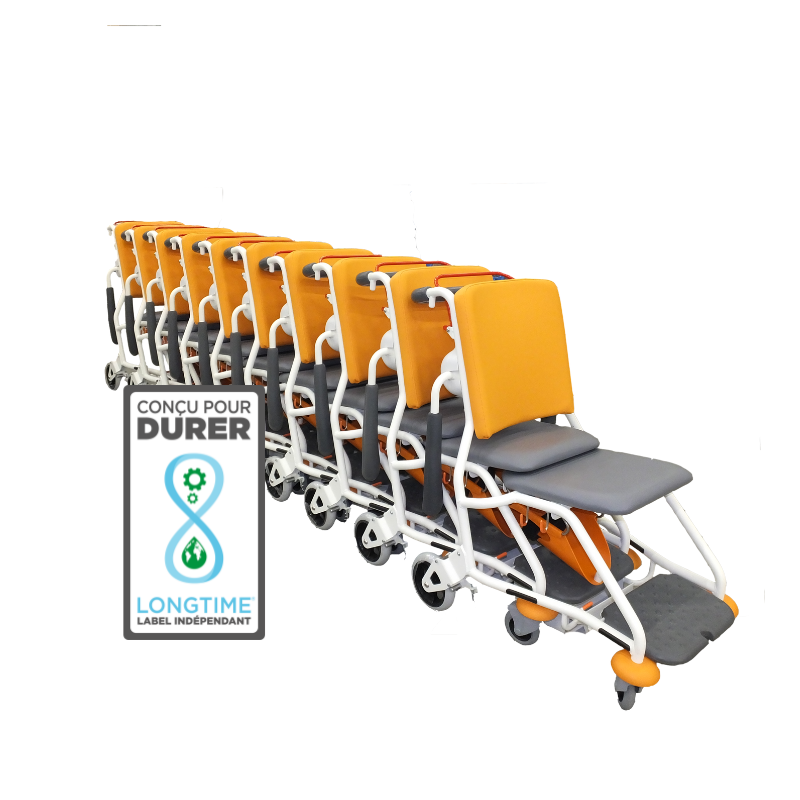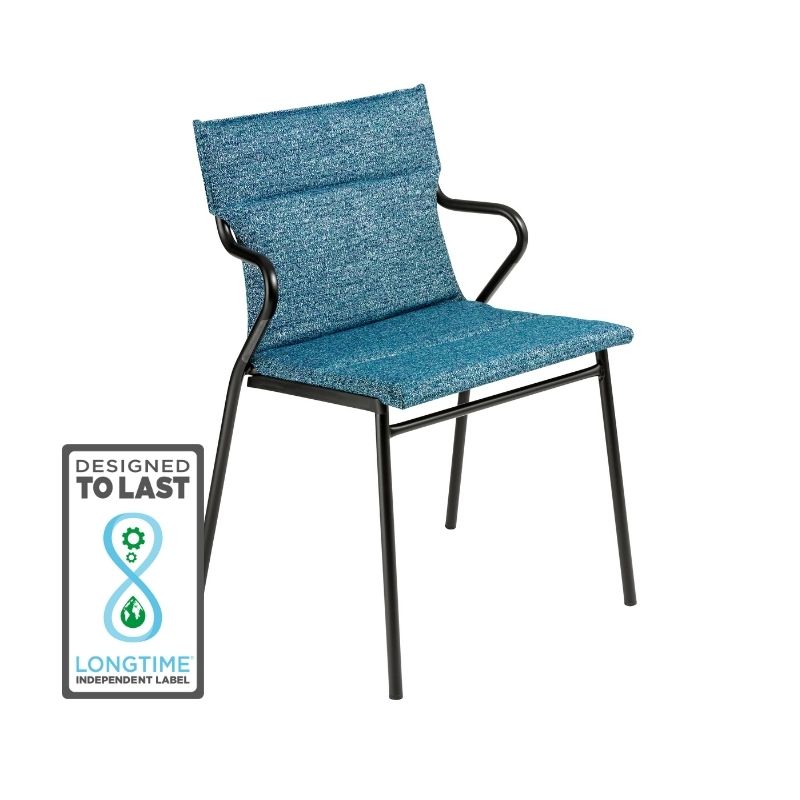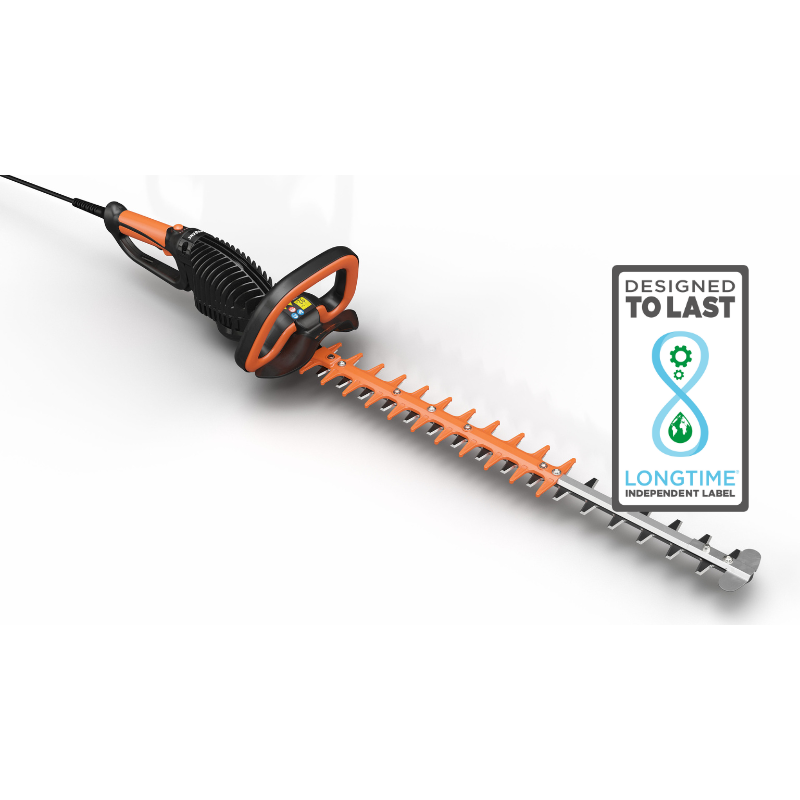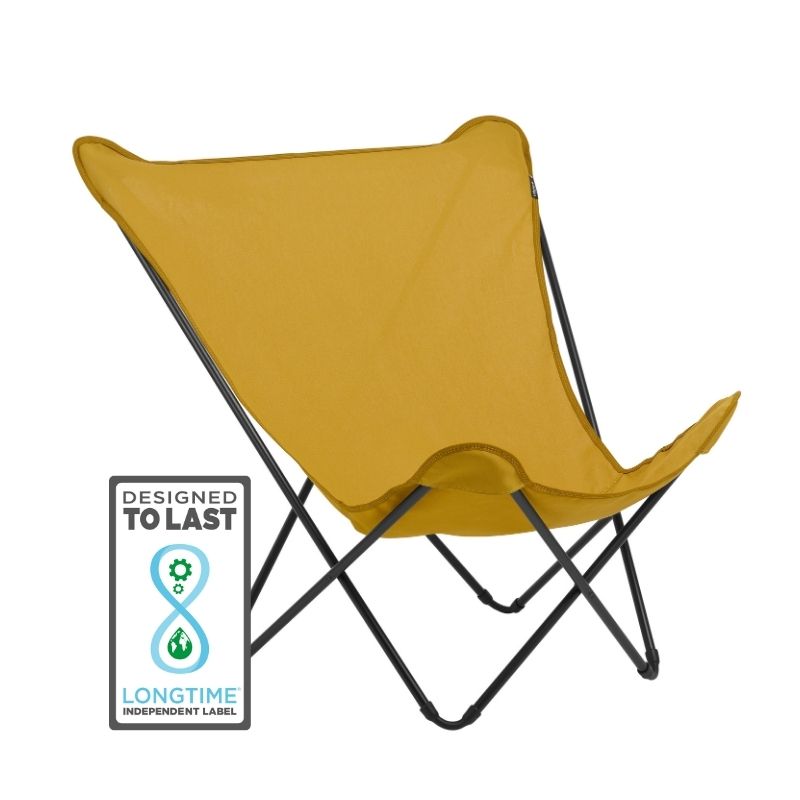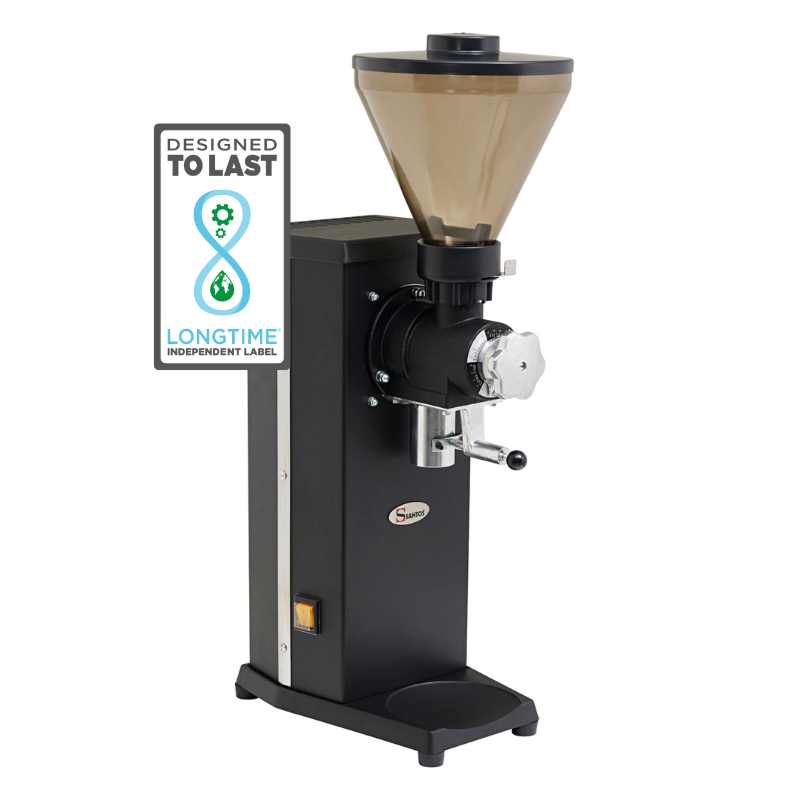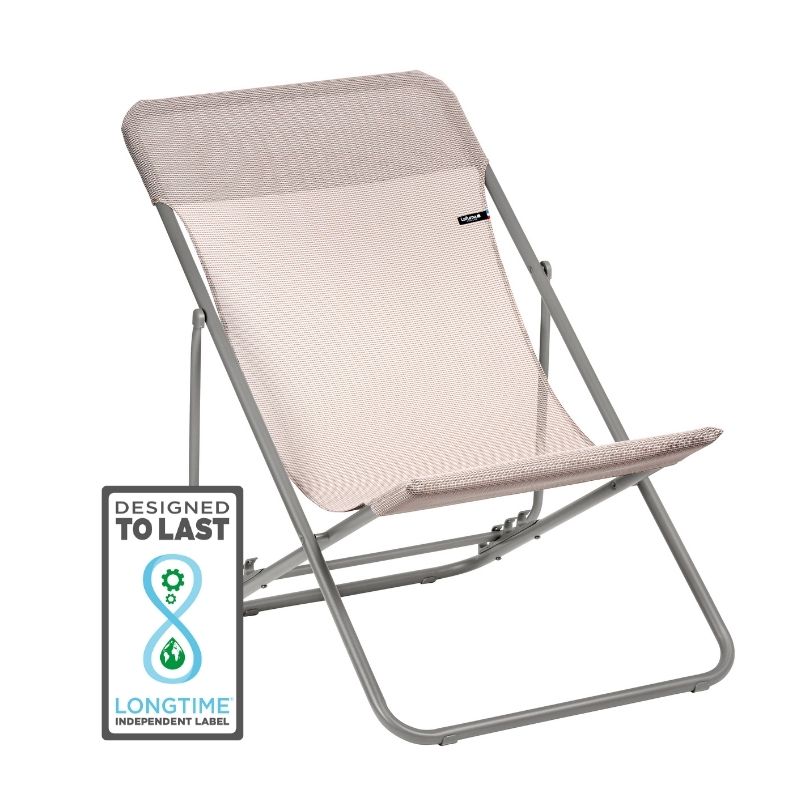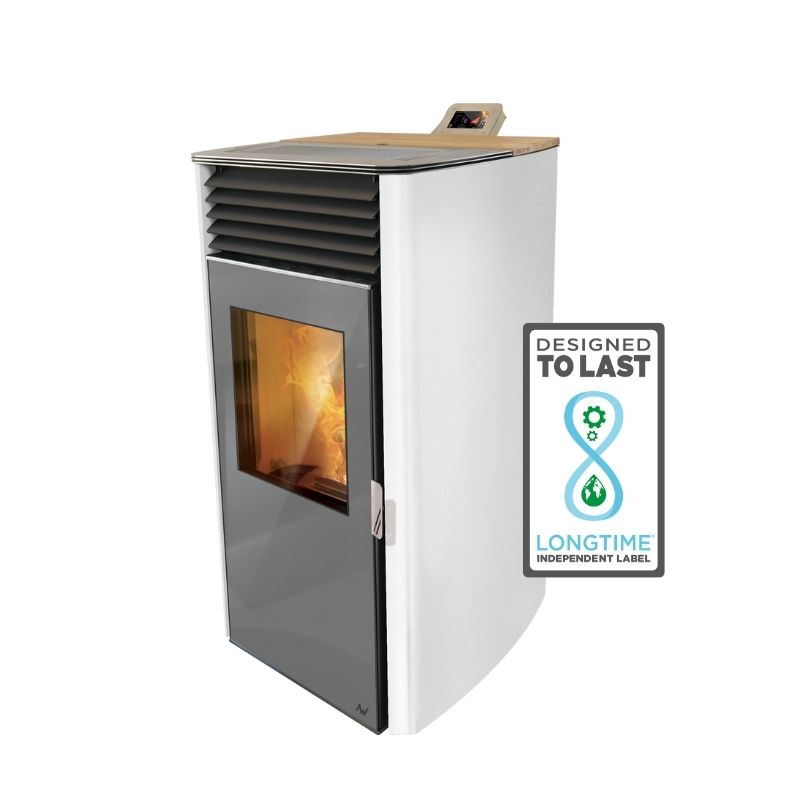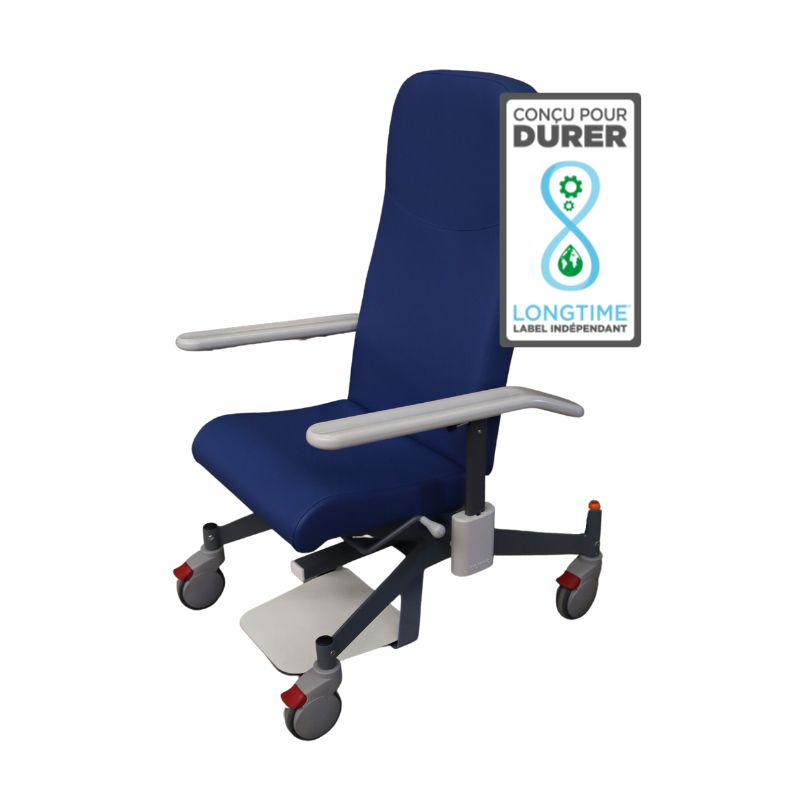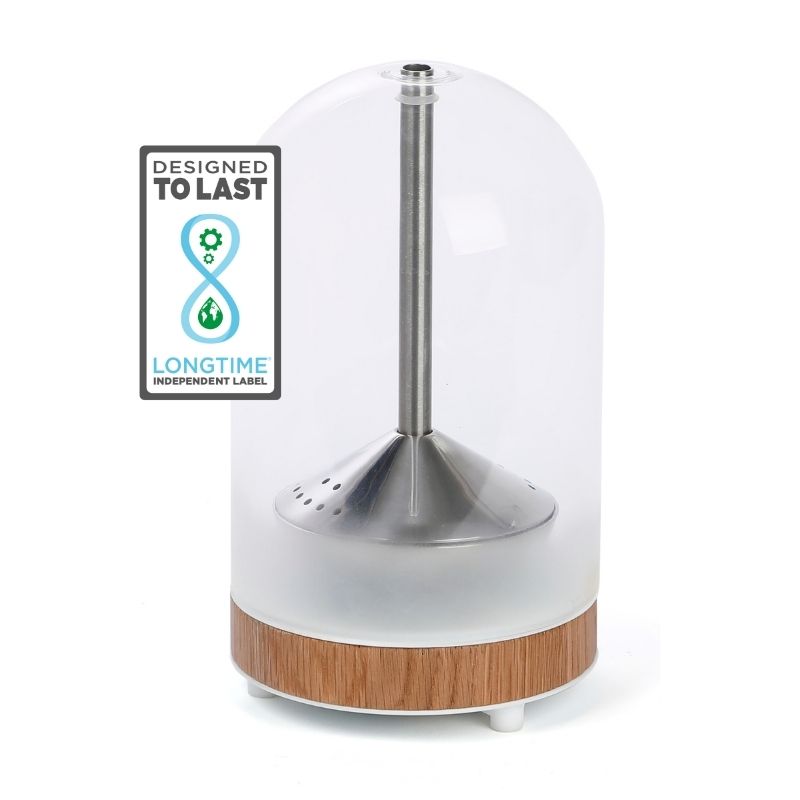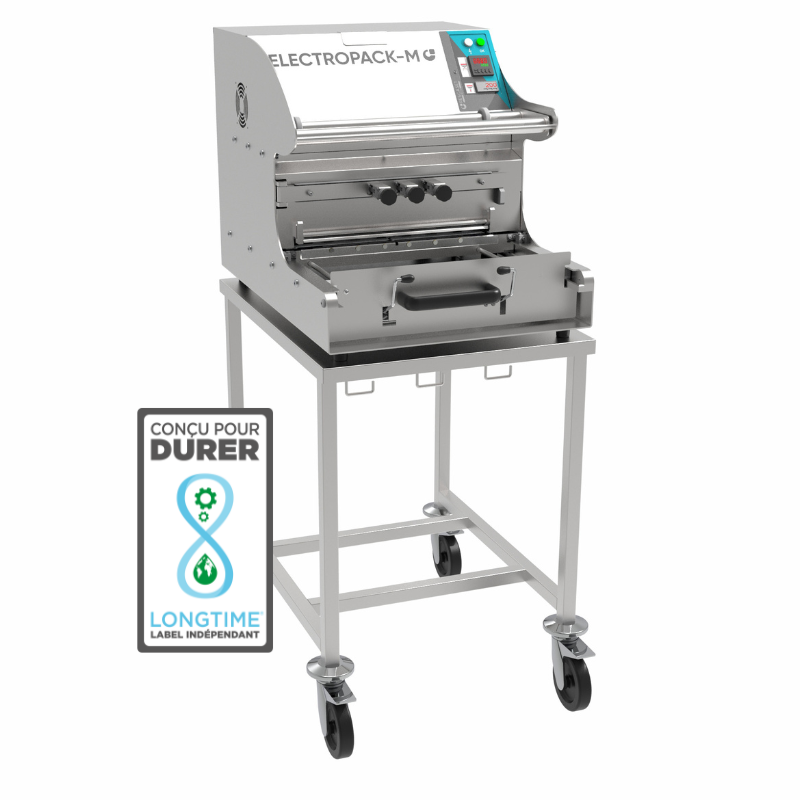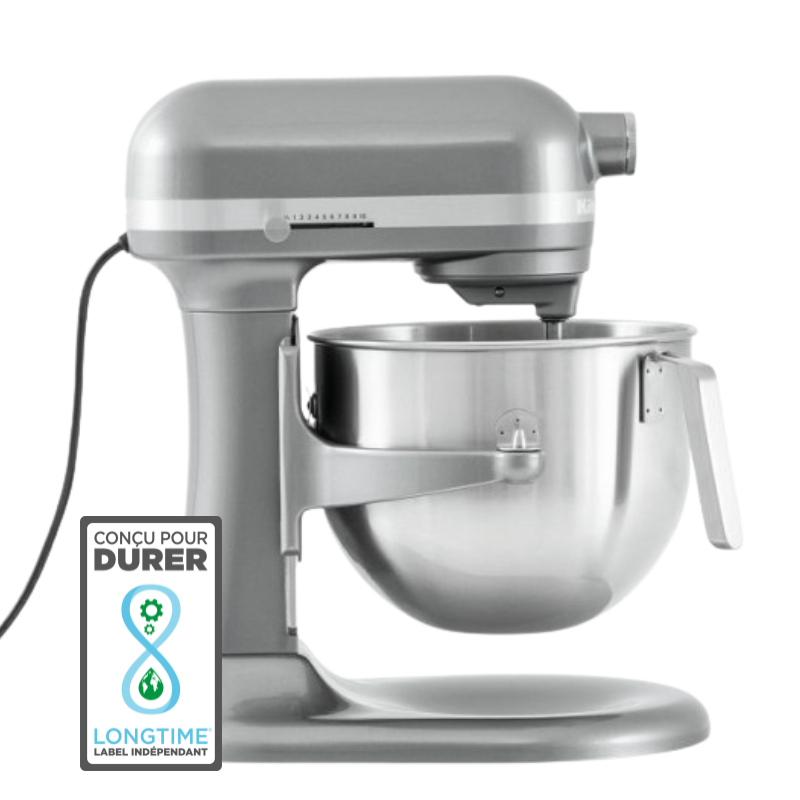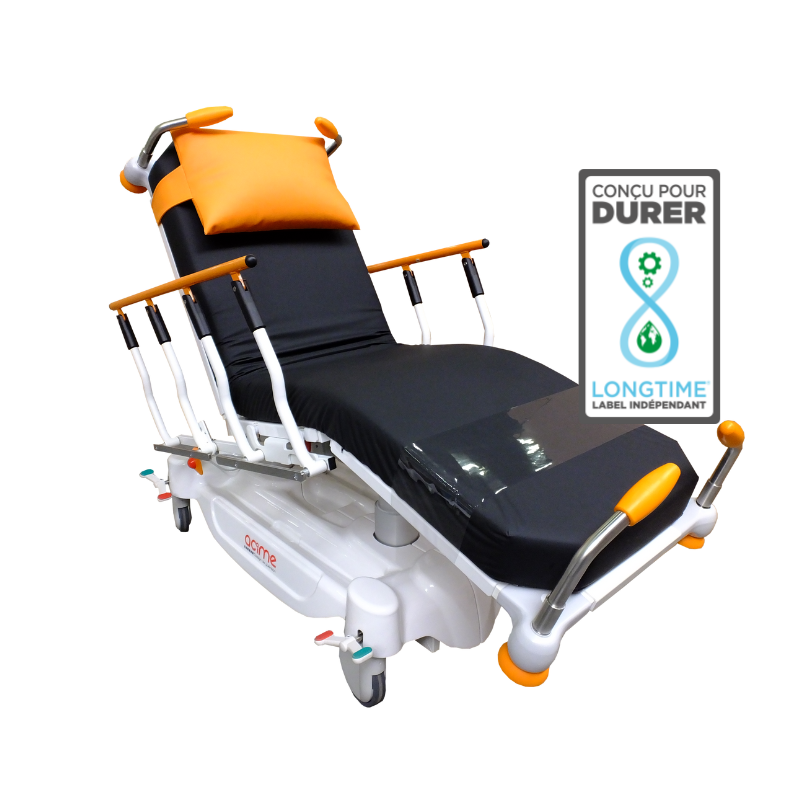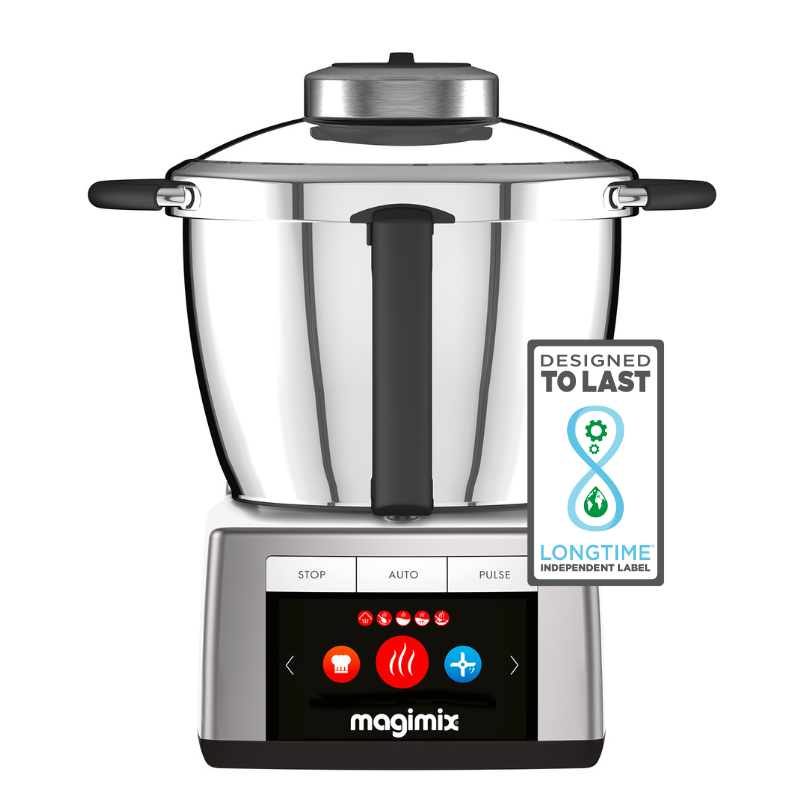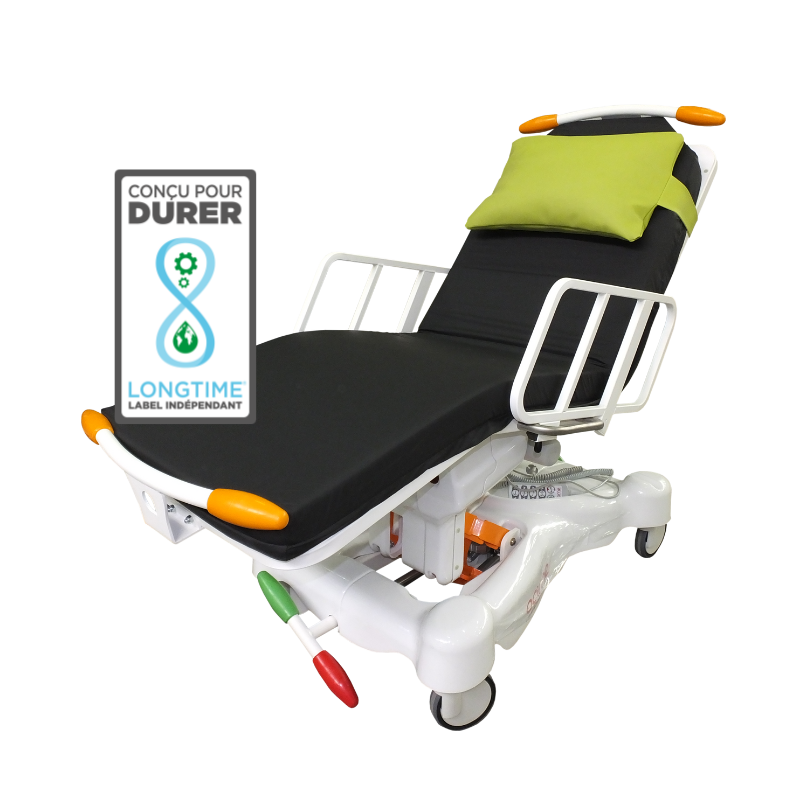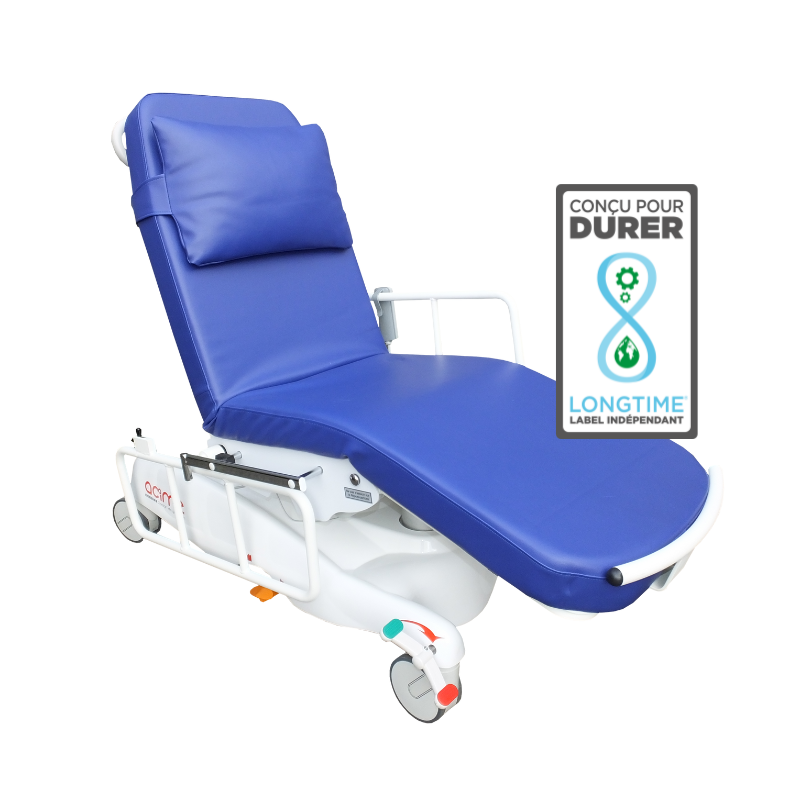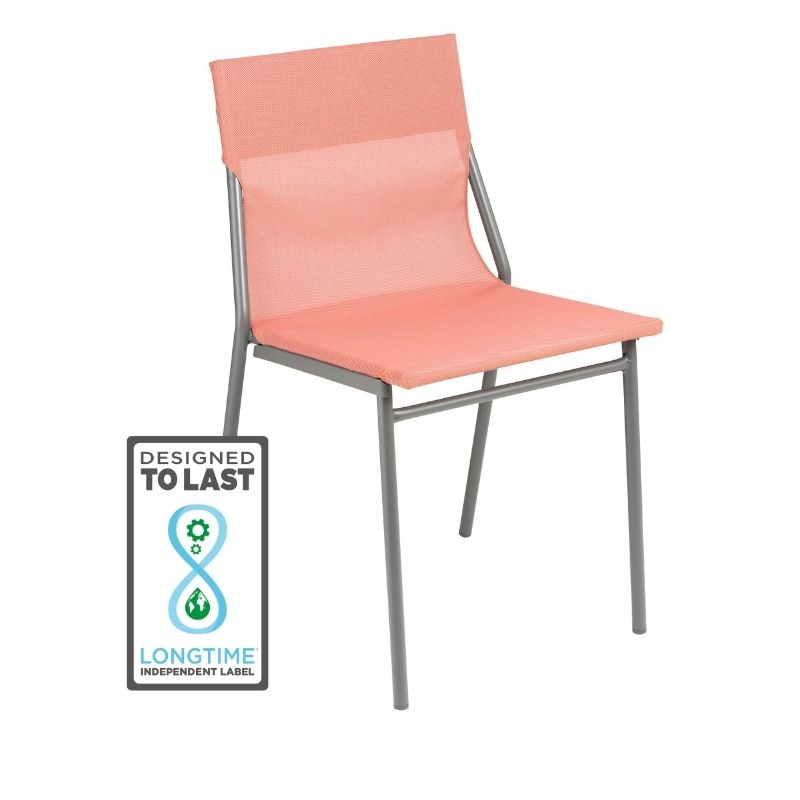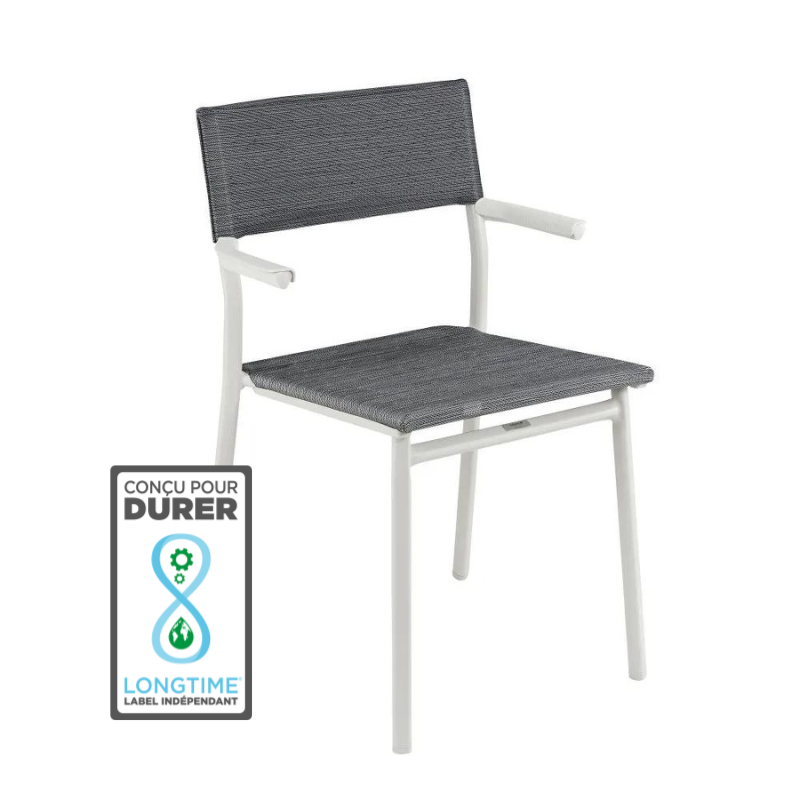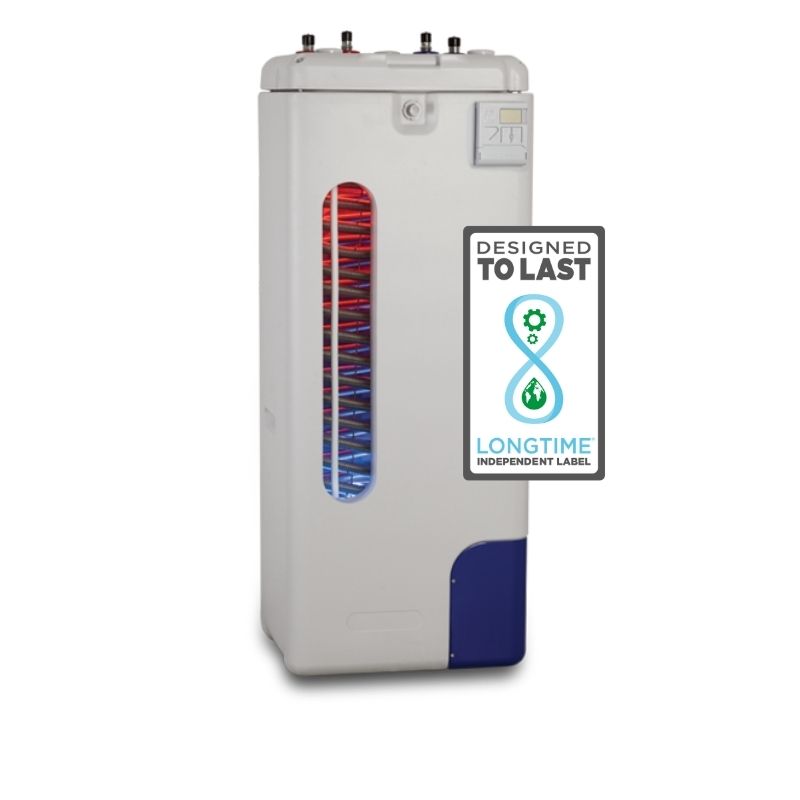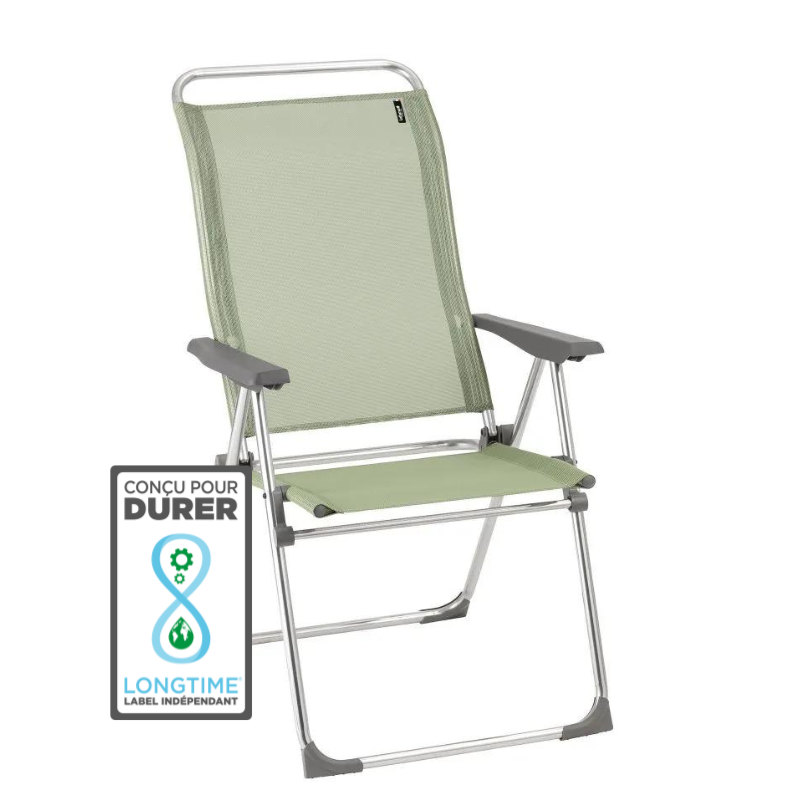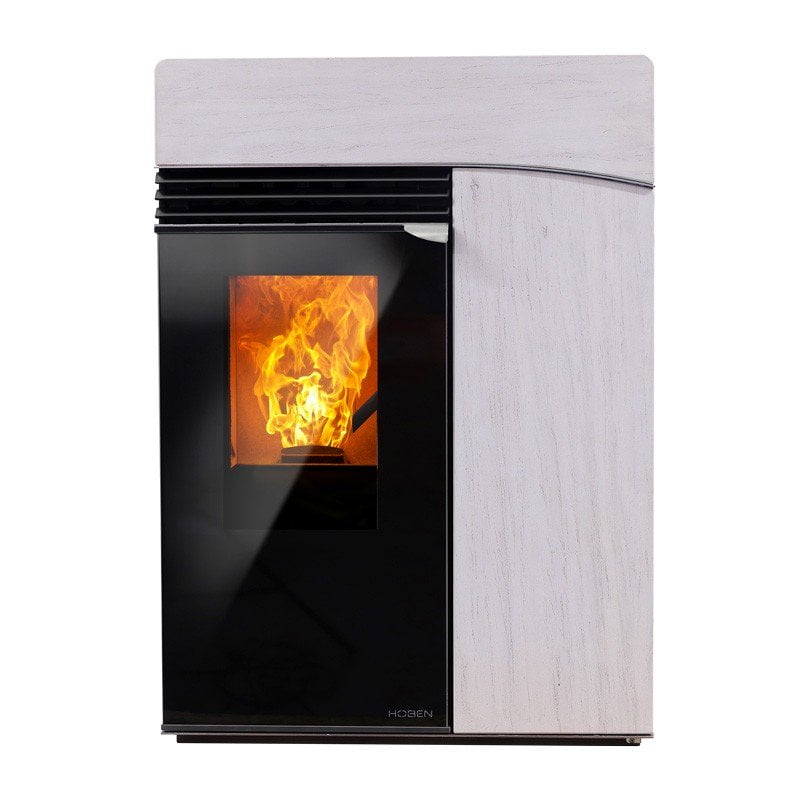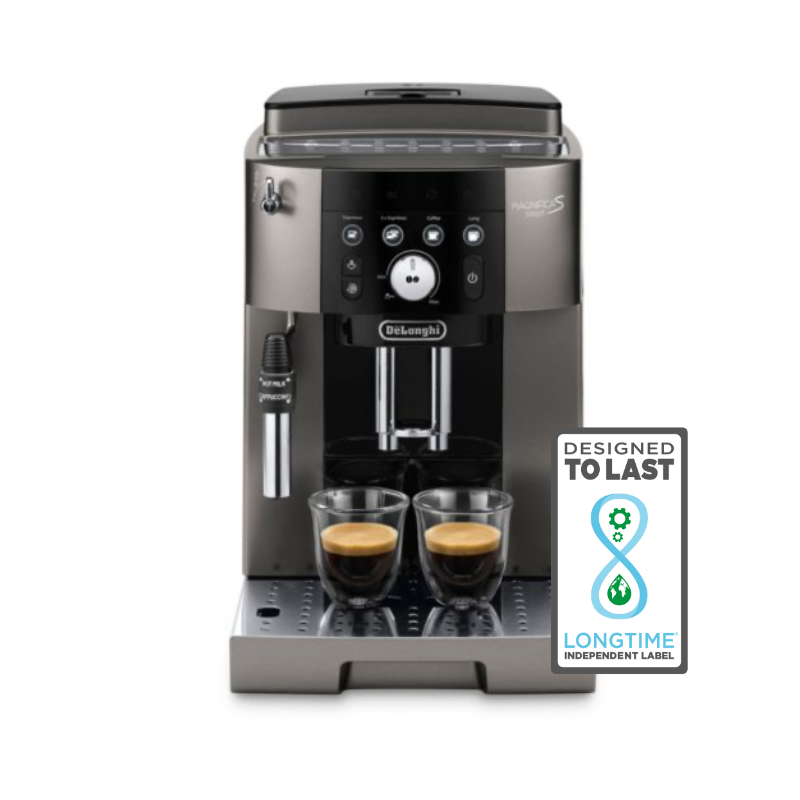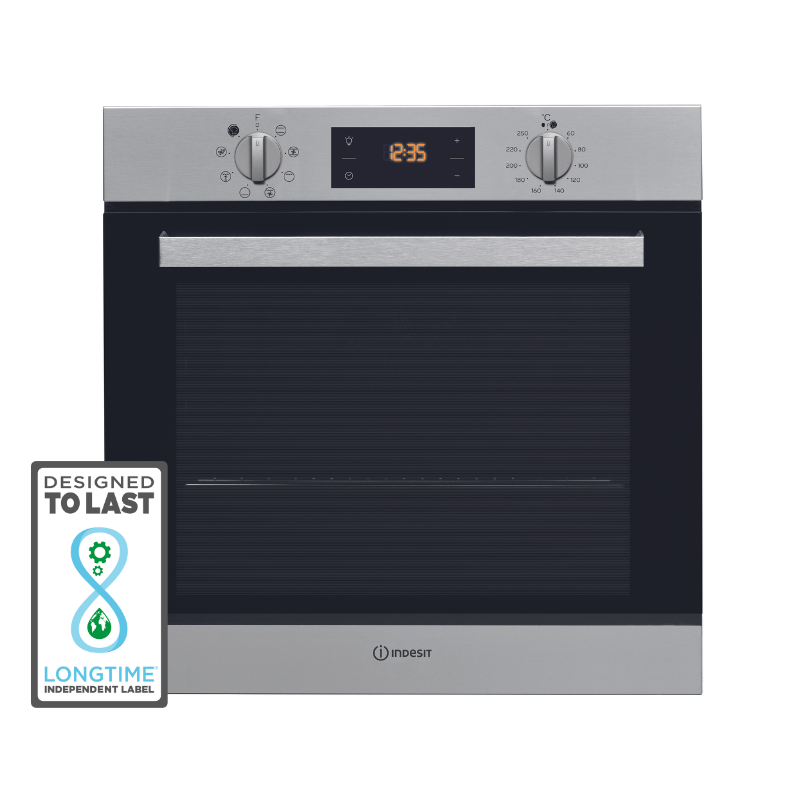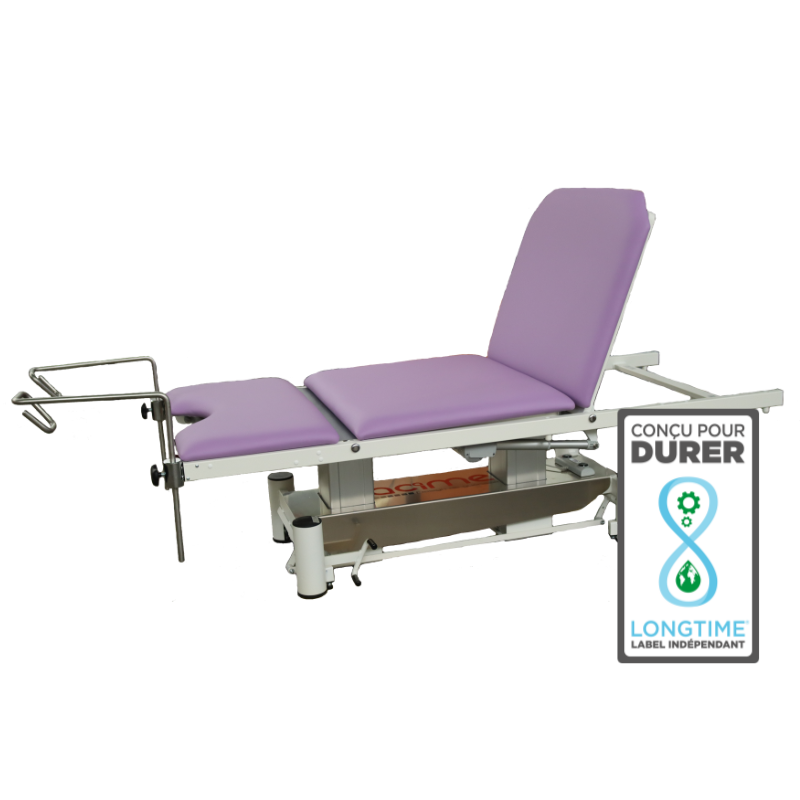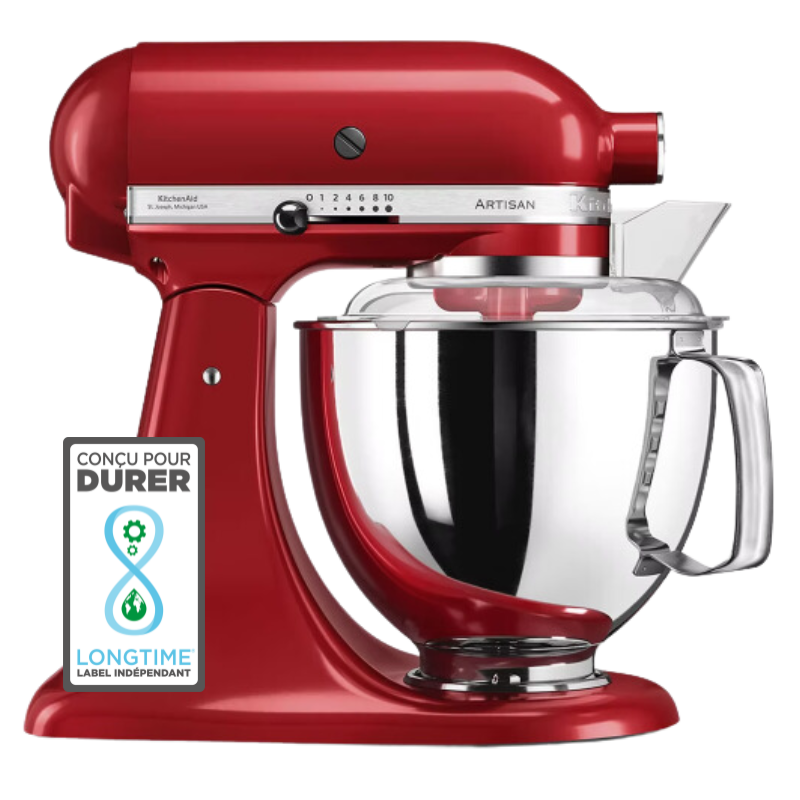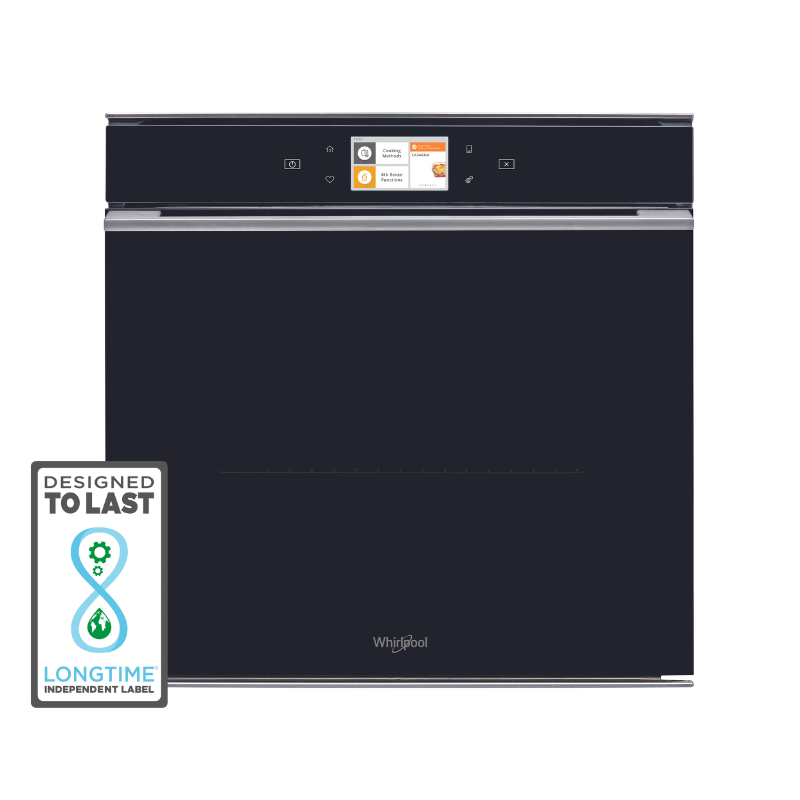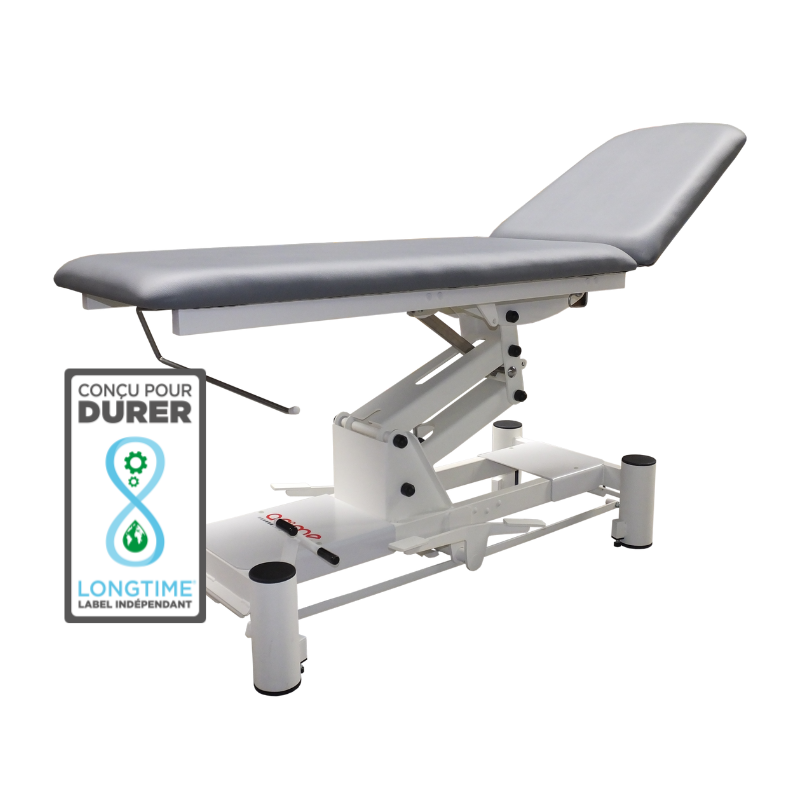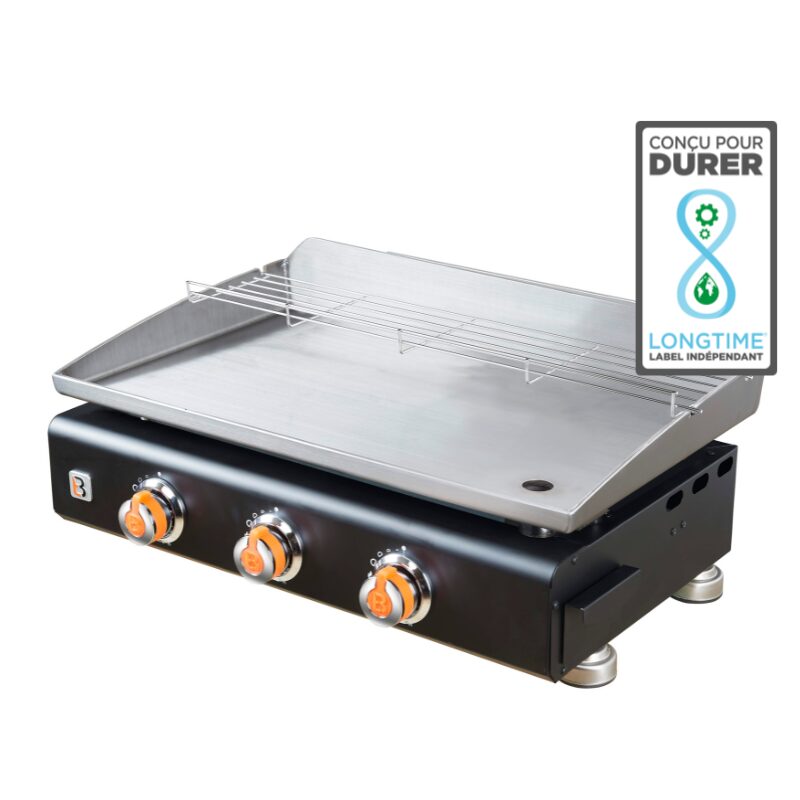Programmed obsolescence – understanding the term
Fighting against all forms of programmed obsolescence to encourage the end of disposability is the very essence of the LONGTIME® Label. Understand all the nuances with our expertise
According to the law, programmed obsolescence is defined as the set of techniques by which a marketer (manufacturer, importer, distributor, reconditioner) aims to deliberately reduce the lifespan of a product in order to increase the replacement rate and thus promote the rotation and renewal of products, generating a phenomenon of over-consumption.
Several examples have been widely reported in the news: printers with counting chips, fragile light bulbs or tights, and portable digital music players with non-replaceable batteries. These cases have helped to anchor in the collective unconscious of consumers that these practices are commonplace and that sustainable products are rare.
But aren’t these few obsolescence-related disputes just “the wood for the trees”? In fact, it would be more accurate to talk about practices and organizations that work against extending the lifespan of everyday objects, which have a major environmental impact on our planet.

What’s the difference between obsolescence and planned obsolescence?
Obsolescence is a relatively normal phenomenon that affects all aspects of our world. From the 80’s, children’s education, health, politics, cooking, cars or toys are now obsolete in our eyes. Fashions change over the years, industrial techniques evolve, societies and their behaviors mutate, rendering yesterday’s practices “old-fashioned”.
Programmed obsolescence, on the other hand, is a phenomenon that does not obey the natural order of evolution. It’s an obsolescence stimulated and boosted by a set of practices imposed on society.
How to avoid programmed obsolescence?
Tired of throwing out your appliances prematurely? To avoid programmed obsolescence or organised obsolescence (we prefer it!), you need to ask yourself a few questions and have a few reflexes when you choose an appliance to make sure it will last.
Here is a list of tips to avoid obsolescence:
- Is the price consistent with the product family?
- Systematically check the availability of spare parts
- Consider the cost of spare parts
- Check for technical support and after-sales service
- Rely on perceived product quality
- Find out about the most common product family breakdowns
- Look up the legal disclaimer on the manufacturer’s website and check the general warranty conditions.
When buying a product, it’s important to differentiate between technical performance and durability. A product may be high-performance, but highly unreliable and beyond repair. Conversely, a product may be highly reliable and repairable, but less efficient. Of course, there are products that combine performance and durability, but rarely in the entry-level range.
De même, il convient de faire une distinction entre un produit réparable et un produit fiable. It is possible to find products that are easy to dismantle but absolutely unreliable. Demountability and repairability are extremely important in extending product life, but reliability is just as important, if not more so.
LONGTIME® actively fights against product obsolescence and is committed to sustainable products for responsible consumption. Find out how:
Is programmed obsolescence a myth or a reality?

In the strict sense of the definition, programmed obsolescence (corresponding to a set of deliberate
practices
to reduce the lifespan of products) is a rather rare practice.
To date, no French manufacturer has been convicted of the crime of programmed obsolescence. This does not mean, however, that companies have not deployed strategies to curb lengthening, but it is very difficult to know whether this is done consciously and deliberately.
The term “programmed obsolescence” is somewhat overused and serves as a refuge (rightly or wrongly) for the dissatisfaction that any consumer may feel when faced with disillusionment over a product purchase.
To make it clear that the line between programmed obsolescence and serial problems has become blurred, I’ll support these remarks with three examples concerning iconic companies: Nintendo and Xbox.
Nintendo and its Joy con, programmed obsolescence or major failure?
Nintendo was recently accused of programmed obsolescence for a recurring problem with the Joy-Con controllers on its Switch console. The Joy-Con controller in question undeniably has a major design weakness known as “Joy-Con drift”. This weakness has a major impact on product reliability and performance. This problem means that many gamers have to buy new controllers after just two years – a very short lifespan, too short, hence the suspicion of obsolescence. Indeed, this failure suggests that Nintendo can sell more controllers and therefore make more profit.
But, on the other hand, this problem has also cost Nintendo enormously, both economically, via after-sales support, and in terms of its brand image.
In the end, Nintendo is far more of a loser in this story than a winner, and we’re sure it could have done without it. Nintendo’s main fault lies in its management of the problem. If Nintendo had reacted directly by acknowledging this flaw and carrying out a massive recall or after-sales support campaign, it would not have been accused of programmed obsolescence.
Apple and programmed obsolescence: a contested strategy or an inevitable reality?

Xbox and the Red Ring of death:
In the mid-2000s, Microsoft rolled out the Xbox 360, which also suffered a major failure in its electronic system, the “Red Ring Of Death”.
But unlike Nintendo, Microsoft reacted fairly quickly, carrying out a massive take-back campaign with extended warranty, at an estimated cost of 1 billion Euros.
This failure, which Microsoft could have done without, could certainly have been labelled programmed obsolescence if it had stuck its head in the sand.
Apple is often accused of programmed obsolescence, especially with its flagship products like the iPhone.
Users have noted a drop in performance after each software update, fueling debate about the brand’s intention to push consumers to buy the latest versions. In 2017, Apple admitted to voluntarily slowing down some older models to preserve battery life. A decision that drew fierce criticism and led to fines for unfair commercial practices.
This strategy also raises questions about environmental impact, as it encourages the rapid replacement of devices, thereby increasing e-waste and the demand for rare materials to manufacture new products. To counter this dynamic, consumers are increasingly seeking to extend the life of their devices by favoring repair and opting for more durable products, while calling for greater transparency on the part of manufacturers.
However, it has to be said that the iPhone is one of the phones that stays in circulation the longest – the Apple paradox!
What causes programmed obsolescence?
The causes of programmed obsolescence are essentially linked to product costs. Do you think it’s possible to eat quality red meat at 4 euros a kilo? No, of course not.
Well, it’s not possible to buy a new washing machine or household appliance for €200 that’s robust, reliable and has good technical support so you can repair your product with peace of mind.
To argue this, we need to bear in mind that the cost of a product breaks down into 3 pillars:
- Design (Research & development, embedded technology, developed option)
- Manufacturing (Materials, assembly methods, production quality)
- Technical support (repair policy, technical support, spare parts)
To offer lower-cost products, manufacturers have to cut corners to reduce costs throughout the chain. An ultra-light research and development phase, no endurance or reliability tests, no quality monitoring of supplies, production methods that favour non-dismantling assemblies (welding rather than screws), no storage or availability of spare parts, no technical follow-up, no after-sales policy aimed at repair professionals…
Can programmed obsolescence be “removed”?
Most of the time, programmed obsolescence is based on methods or organizations that shorten product lifetimes. A mixer that cannot be dismantled, spare parts that are not available or are too expensive, a lack of robustness or quality in a critical electronic component, low-cost hardware or poorly designed software versions are all practices that cannot be eliminated.
On the other hand, by asking the right questions when making a purchase and adopting a few consumer reflexes, it is perfectly possible to protect yourself from buying a product with a short lifespan.
How can I choose products without programmed obsolescence?
To choose long-lasting appliances and products that are free from planned obsolescence, i.e. reliable and repairable, you can of course look for the LONGTIME® label.
Other reflexes and certain alternatives will enable you to protect yourself against organized obsolescence.
Defining your needs: This is the first step before you buy. For example, if you have to choose a drill, is it intended for renovating a 150m2 barn for 5 years, or simply for installing a few frames? If you have to choose a washing machine, are you a single student or a large family of 6 with 4 children?
Obviously, the product you choose will be different in each case. If you need a product for intensive use but can’t afford it, think about second-hand products, reconditioned products or even rental for occasional needs.
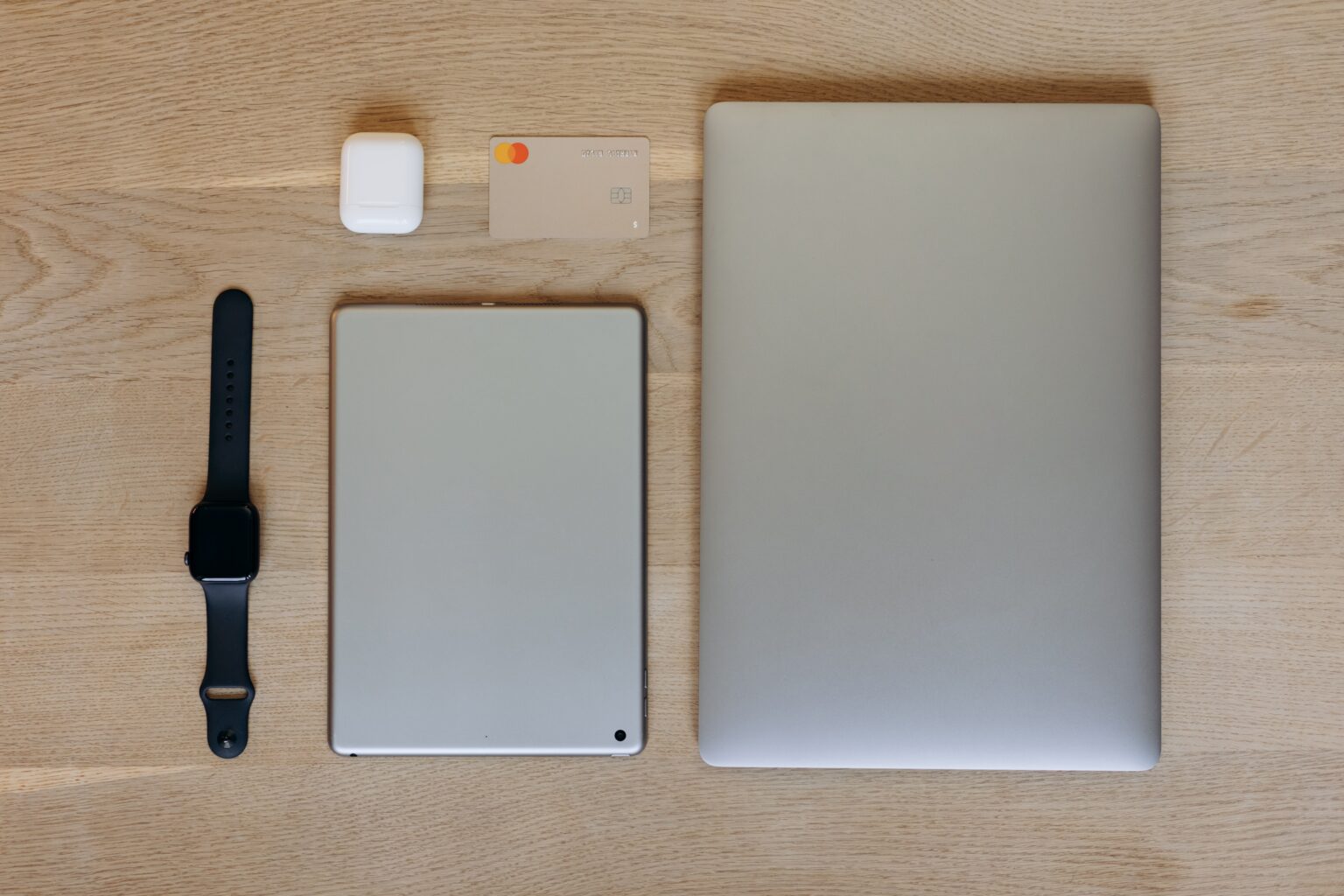
Inform yourself before you buy: Knowledge is power. Before choosing a product and trusting a brand, find out about technical support. The length of time spare parts are available, the presence of technical support or an approved after-sales service, and the reparability index are all things to look for. Some comparisons can also help you, but be careful about their objectivity and relevance, and pay close attention to the source. So don’t hesitate to push open the door of your local repair shop and ask for advice.
Watch out for the price signal: Price isn’t everything, but it does play a part. An entry-level product will rarely be able to provide you with optimum durability. So check that the product you’re buying is within a consistent price range.
Choose timeless designs: Choosing a product with a timeless design allows you to avoid the effects of fashion. It may seem trivial, but fashions play a major role in the phenomenon of obsolescence.
Put your trust in the LONGTIME® label and consult the list of LONGTIME® products:
What’s the difference between planned obsolescence, organized obsolescence and accelerated obsolescence?
There is no real difference between programmed, organised and planned obsolescence, but as is often the case, semantics allow us to introduce nuances that are important at the level of the collective unconscious. In our speeches, discussions and interviews, when time allows us to explain the nuances, we actually prefer to talk about organised obsolescence because it seems to us to be much closer to reality.
According to French law, it is defined as all the techniques by which a marketer deliberately aims to reduce the lifespan of a product in order to increase its replacement rate. This definition is fairly accurate
but consumers don’t necessarily think of it as such.
Although this is evolving, in the collective imagination, programmed obsolescence is defined more as a device or technique intentionally introduced by the manufacturer at the design stage of a product to control its lifespan. A rare occurrence, given the possible consequences for a manufacturer caught red-handed.
It should also be noted that the notion of “deliberate practice” is particularly difficult to prove, making the law on programmed obsolescence virtually unusable.
In our view, obsolescence is characterized by the organization of a system, or rather the disorganization of a system. For a product to last, several elements must be respected.
Design: This is the basis, carrying out a design study with a preliminary analysis of failures and a study of the reliability of the components used. We also need to anticipate user behaviour, so that we can list the parts that will be put through their paces during use of the product and adapt it accordingly.
Quality system: The implementation of a quality system is essential to monitor the manufacture or assembly of the product, with tests throughout production for example.
After-sales service: Another essential point. A product wears out, deteriorates over time or breaks down. After-sales service must be efficient to meet consumers’ expectations when they have a problem. Availability and price of spare parts, identification of the customer path, reliable warranty are crucial points.
A flaw in any of these points will almost systematically lead to the premature death of your phone or computer. However, some manufacturers play on these various factors to reduce the cost of their products, thus voluntarily or involuntarily influencing the lifespan of their products and encouraging renewal.
When a coffee machine breaks down and the manufacturer doesn’t distribute spare parts, or no longer does, the end of the product’s life is no more complicated than that.
When a hand blender stops working and can’t be opened without breaking it, it’s a faulty design and a deliberate choice.
No manufacturer can say when or how the product you have purchased will stop working, as this also depends on how you use it. Between a washing machine used by a large family and one in a country house, the number of daily cycles will of course not be the same.
On the other hand, it is up to the manufacturer to decide whether to sell spare parts for its washing machine for 10 years or just 2 years, whether to use quality components (impact on price) or low-cost components, whether to make the various parts of its product accessible or whether to weld everything together – it’s all a question of will.
What is the environmental impact of planned obsolescence?
The environmental impacts of obsolescence are numerous, but they can be summed up in one word: waste. Obsolescence is a huge waste of resources and energy, generating major sources of pollution.
To produce and consume, our society generates environmental impacts and emits pollution at every stage of the product life cycle. Each product requires a cycle:

Extracting resources: Minerals (rare), oil, wood… manufacturing requires the extraction of large quantities of resources from our planet, via energy-intensive and polluting processes. These raw materials must then be transported to be transformed and packaged. For example, extracting iron ore from mines before smelting it and packaging it into iron bars.
Manufacturing products: Using these materials that have become materials, industry manufactures components that, once assembled, form a finished product. By way of example, the journey made by the components of a telephone represents 4 circumnavigations of the globe and it takes no less than 70 kilos of materials to manufacture a smartphone weighing 120g…
Transporting and distributing products: Then comes the transport phase, often by cargo ship, and the sales phase, which also requires a great deal of energy.
Using products: Some products require energy to operate: electricity, gasoline, water, chemicals (detergents), etc.
Gérer la fin de vie du produit : Le traitement de fin de vie d’un produit génère également de la pollution. Le transport vers des points de collecte, vers les usines de retraitement puis la valorisation des matières ou leurs incinérations nécessitent beaucoup d’énergie.Il est difficile de le percevoir mais toutes ces étapes nécessitent énormément de matières premières et génèrent énormément de gaz à effet de serre.
Whether your television set operates for 3, 5 or 10 years, the impacts of its manufacture will be similar. On the other hand, the longer the product lasts, the more you amortise these impacts, and above all, you don’t generate new impacts by buying a new product and therefore restarting a cycle. So remember, think sustainable and think repair.
How does programmed obsolescence affect production and environmental costs?
Planned obsolescence has a significant impact not only on product lifespan, but also on production costs and environmental effects. At the beginning of a product’s life cycle, encouraging rapid consumption of new products leads to an increase in industrial production, which places greater demands on natural resources and greatly intensifies greenhouse gas emissions.
At the end of a product’s life, the accelerated renewal cycle of goods leads to an accumulation of electronic waste, one of the major challenges facing countries today. Managing this waste becomes costly in terms of recycling and processing obsolete materials. From an environmental point of view, it is essential to adopt sustainable manufacturing practices to limit these impacts. By choosing durable products designed to stand the test of time, consumers can play a key role in reducing waste and the ecological footprint associated with programmed obsolescence.
Programmed obsolescence and its economic implications: what consequences for consumers and industry?
Planned obsolescence has a direct impact on the economy, for consumers and manufacturers alike.
Some companies take advantage of this short-termist strategy by boosting sales through constant product renewal, but this is often to the detriment of consumers, who see their outgoings increase with each replacement cycle.
This practice also raises questions about the sustainability of our current economic models, particularly in terms of waste and over-consumption. Organizations such as ADEME (Agence de l’environnement et de la maîtrise de l’énergie) play an essential role in educating consumers about the environmental and economic impacts of programmed obsolescence, encouraging more responsible purchasing behavior and product reuse. To counter this problem, initiatives around the repair, resale or extended use of electrical and electronic products are beginning to emerge, offering more sustainable and economical alternatives. It is therefore crucial for consumers to pay attention to the date of manufacture and intended use of products to avoid falling into the trap of accelerated obsolescence.
